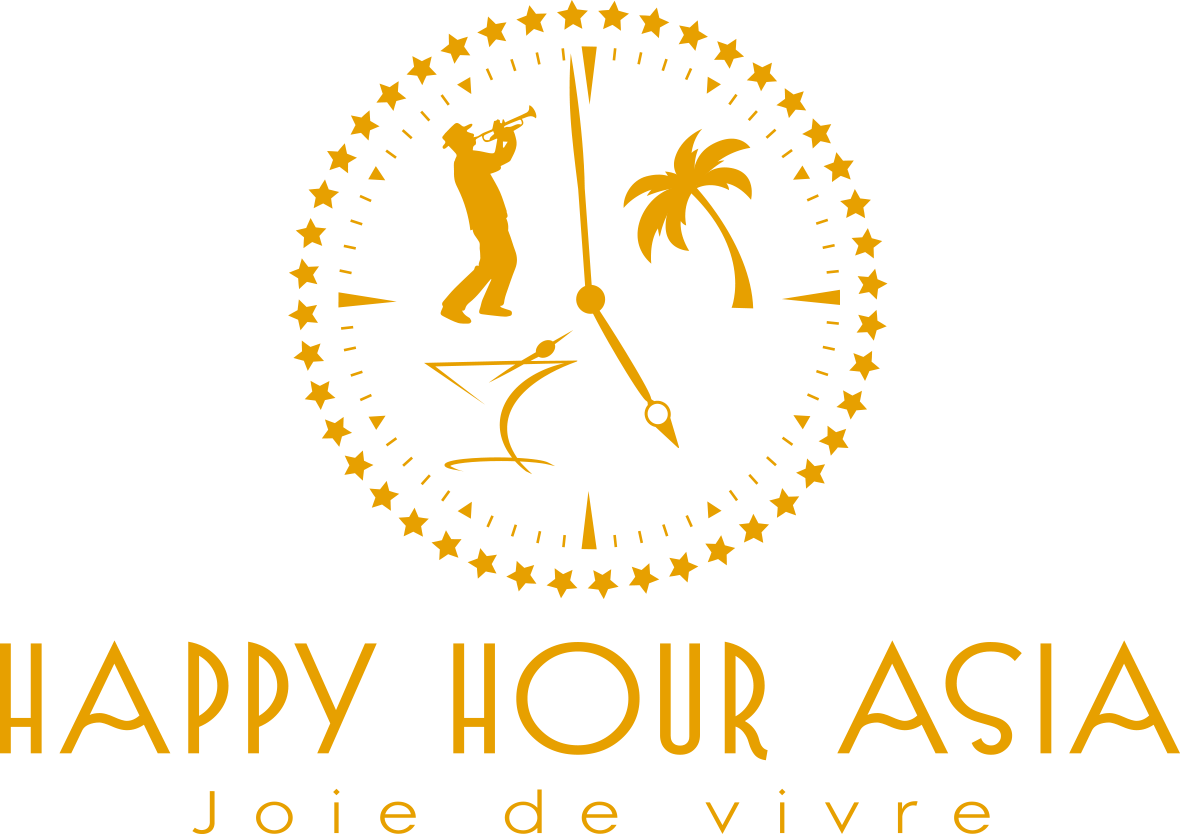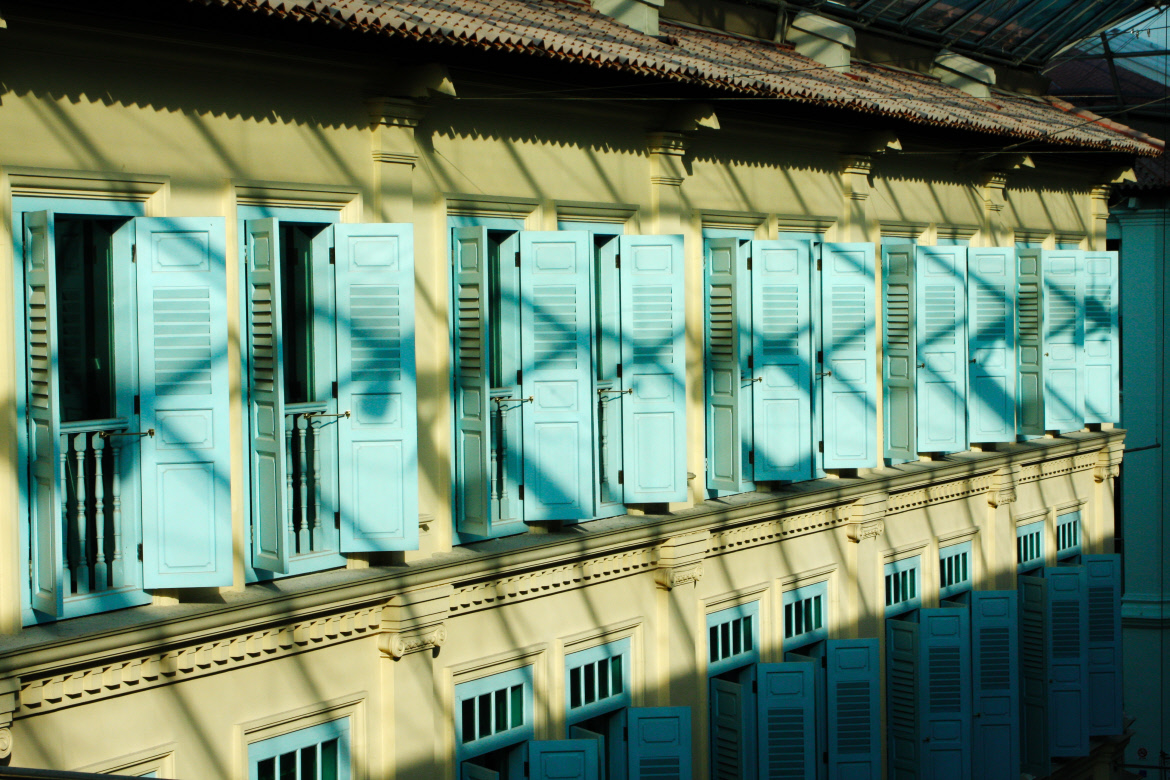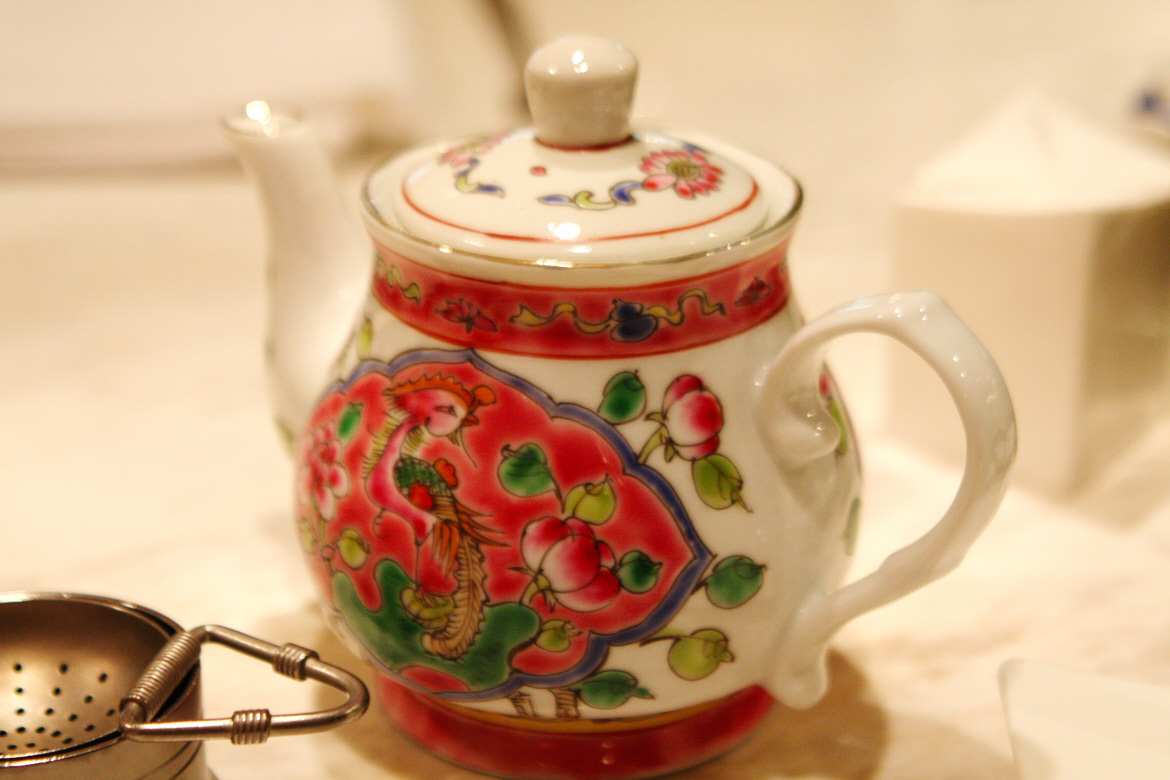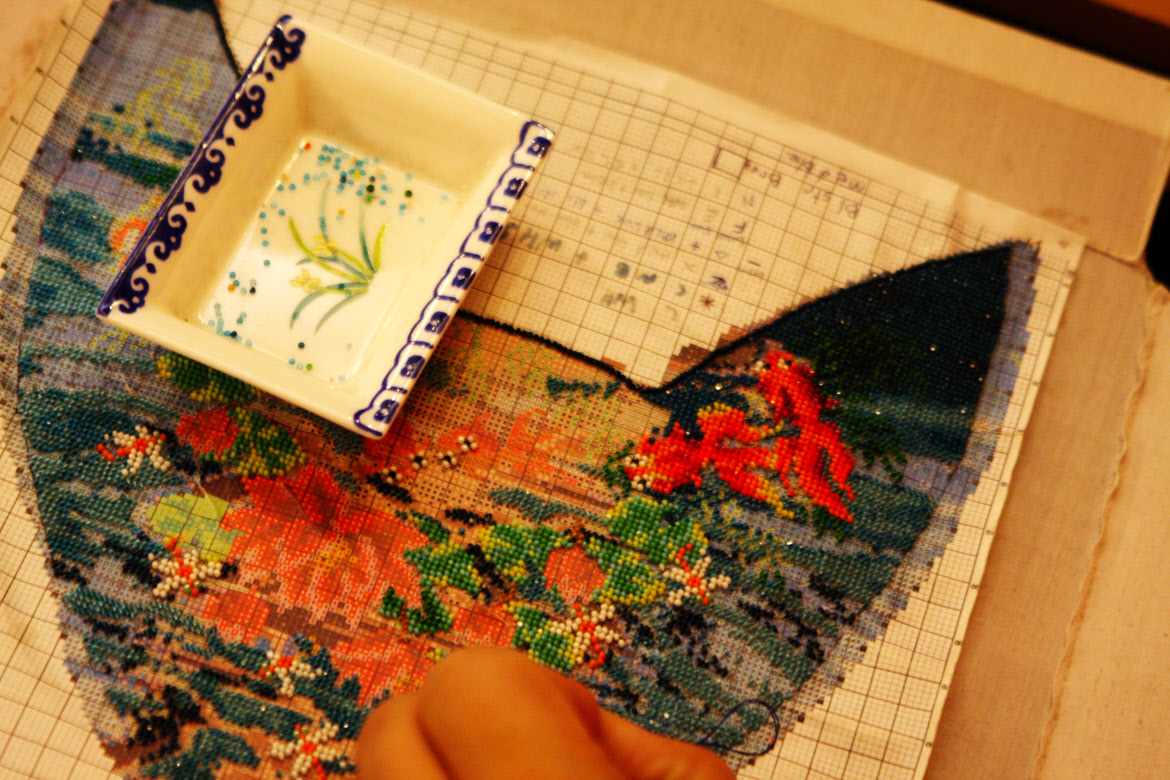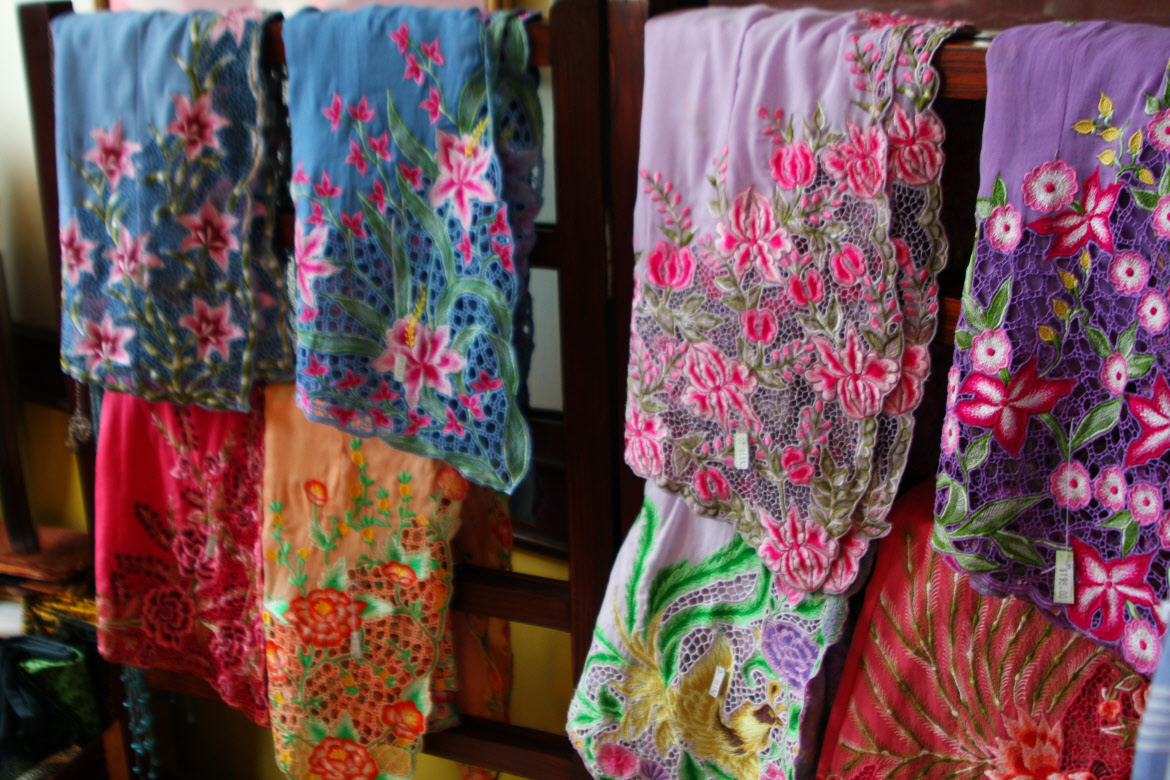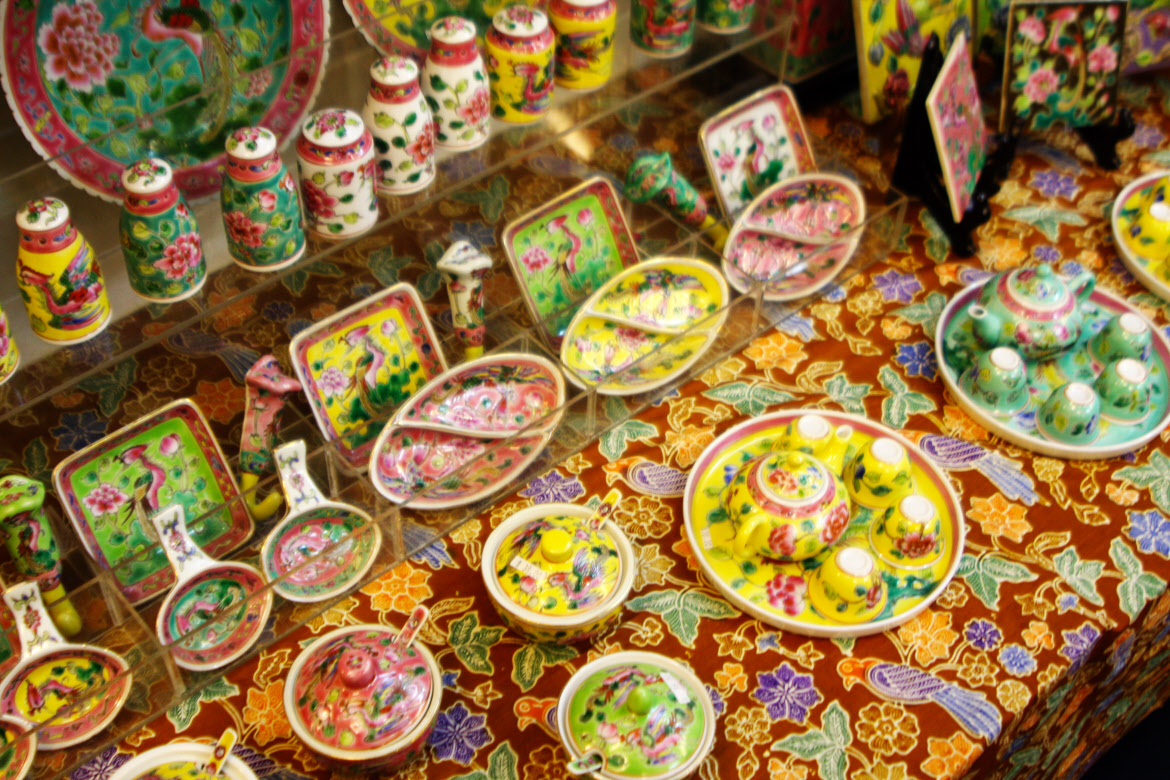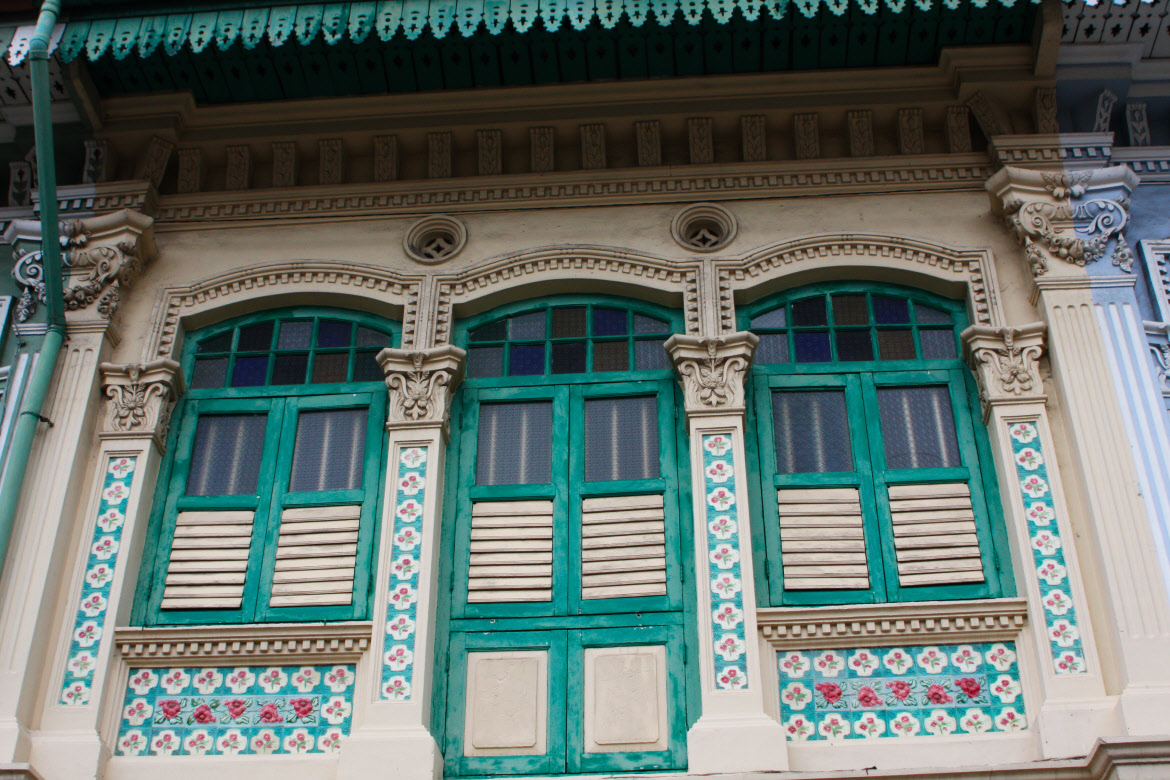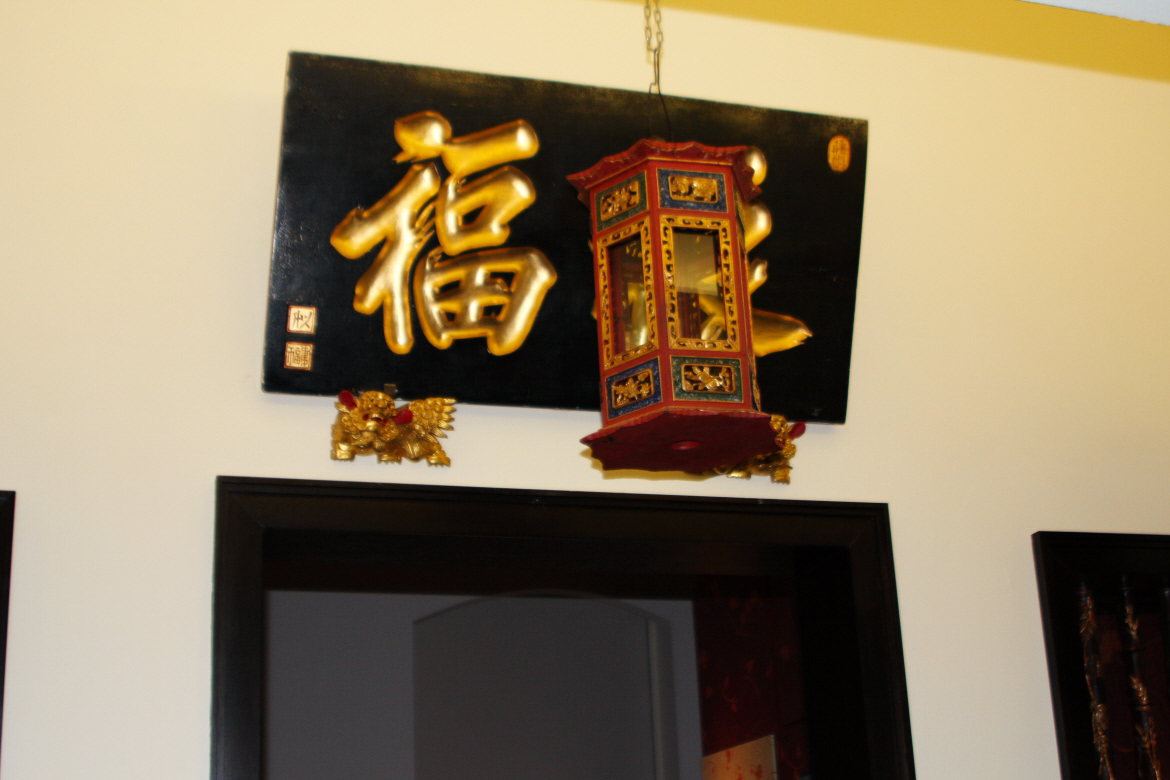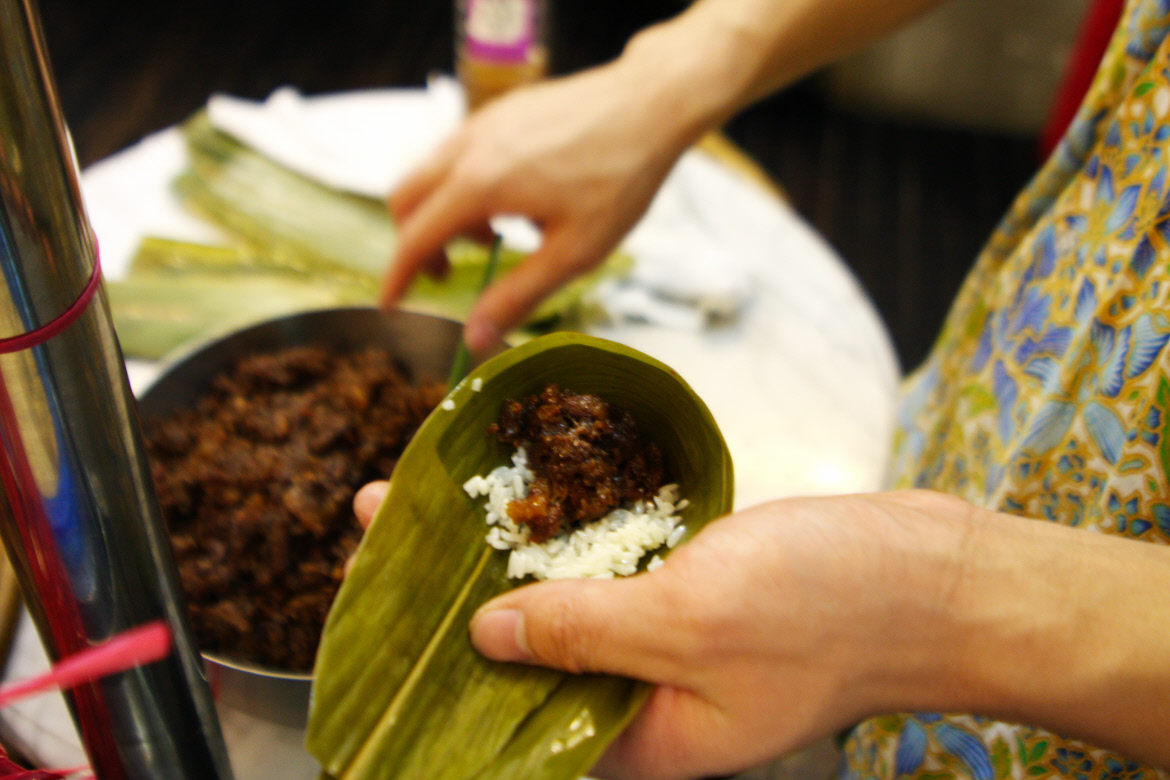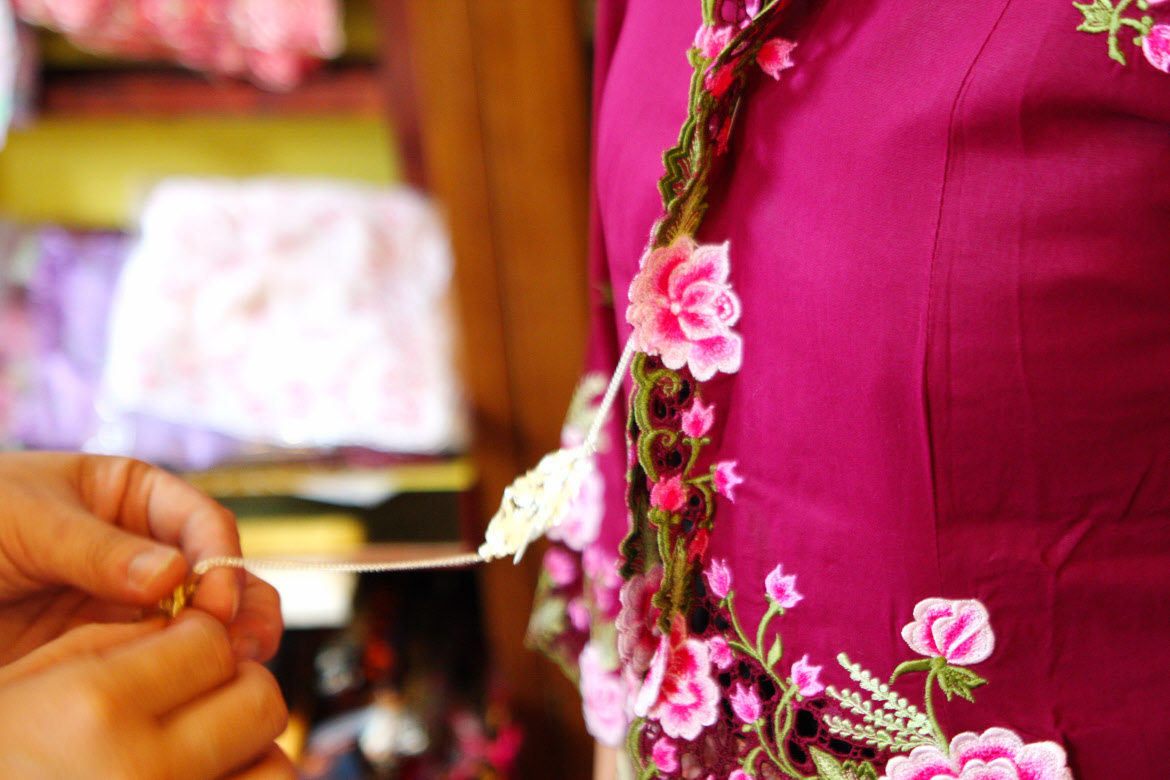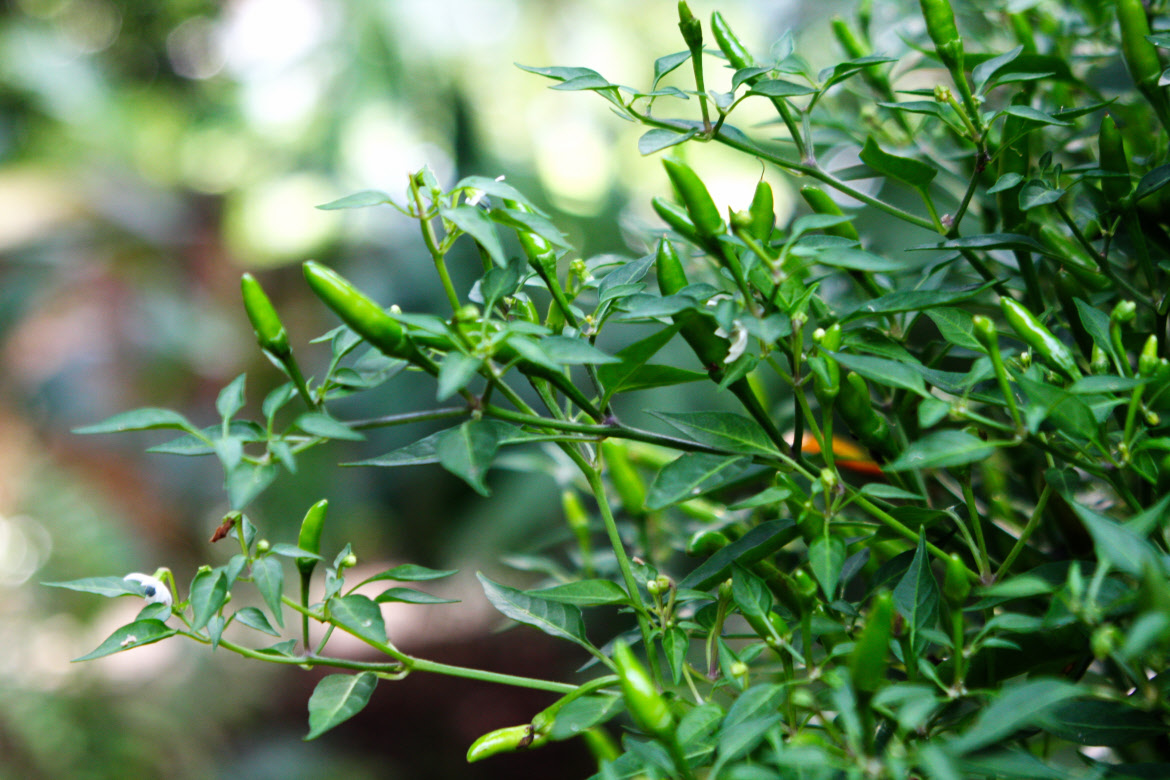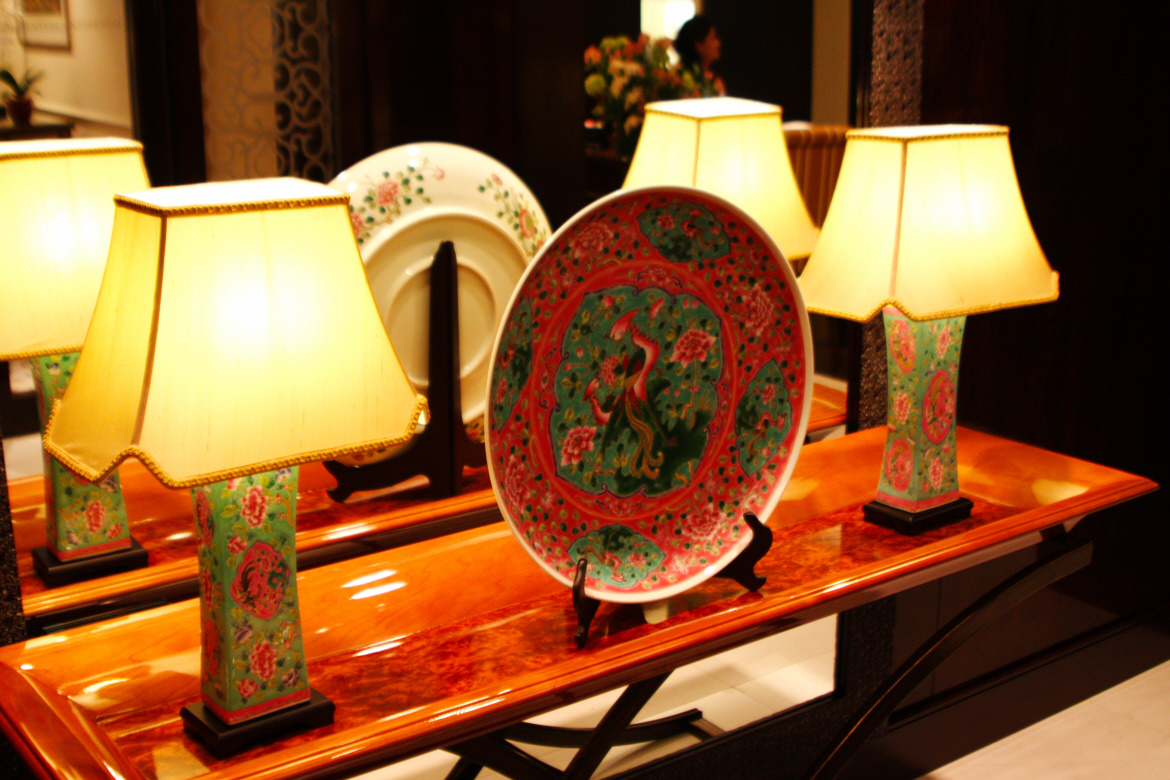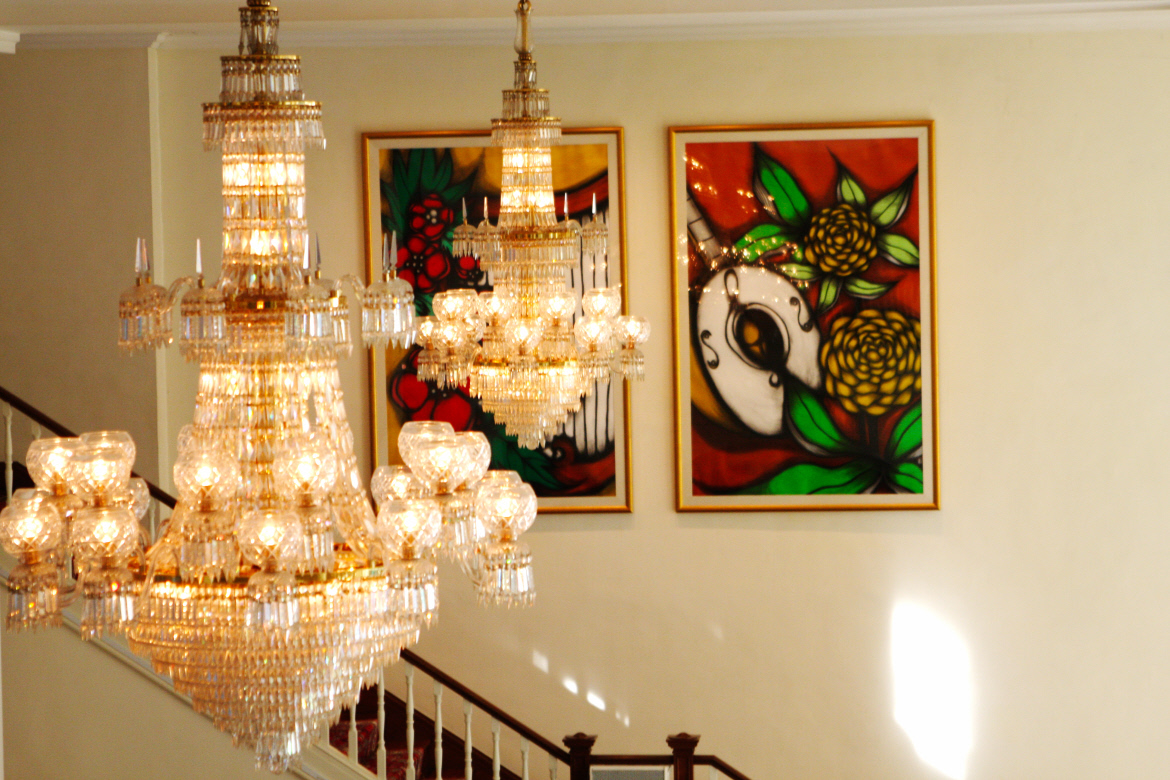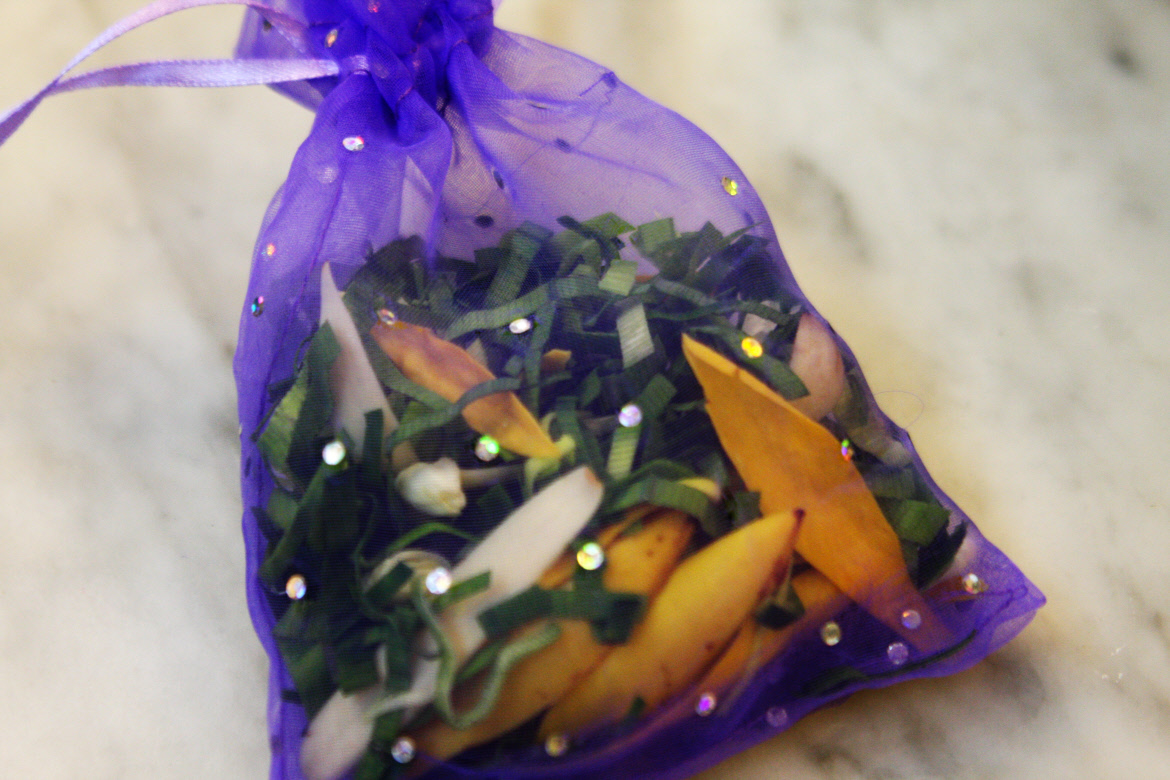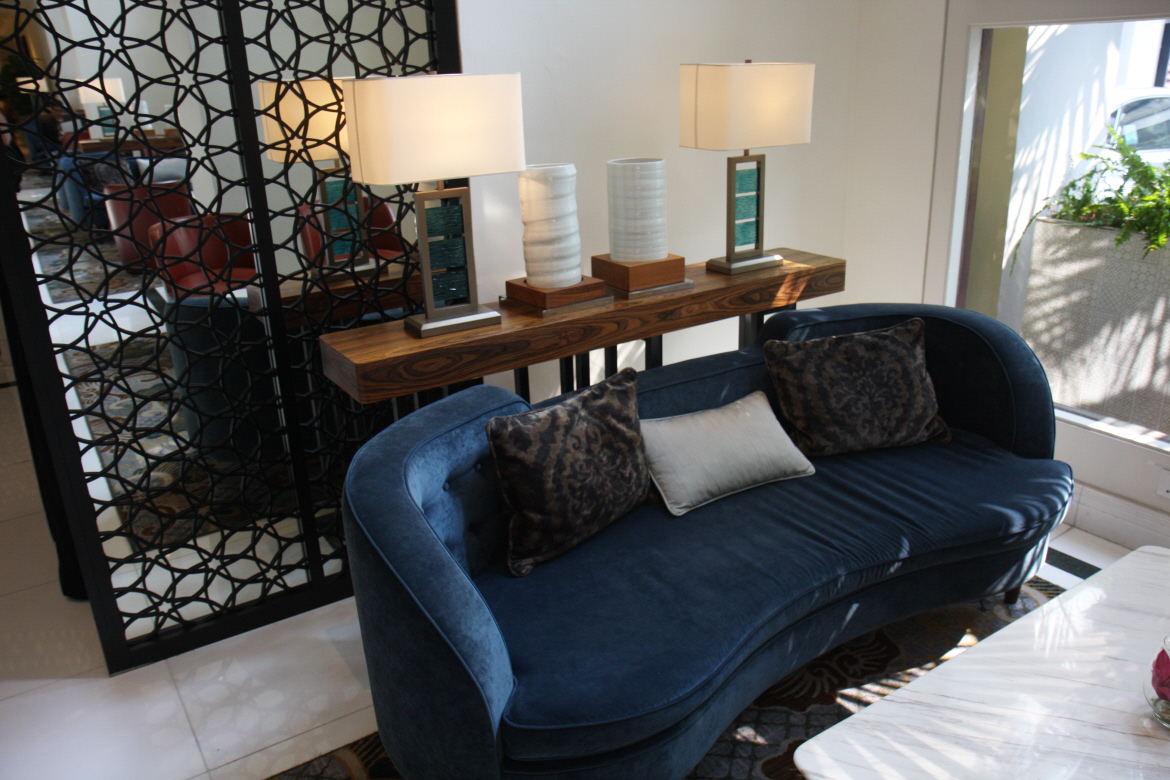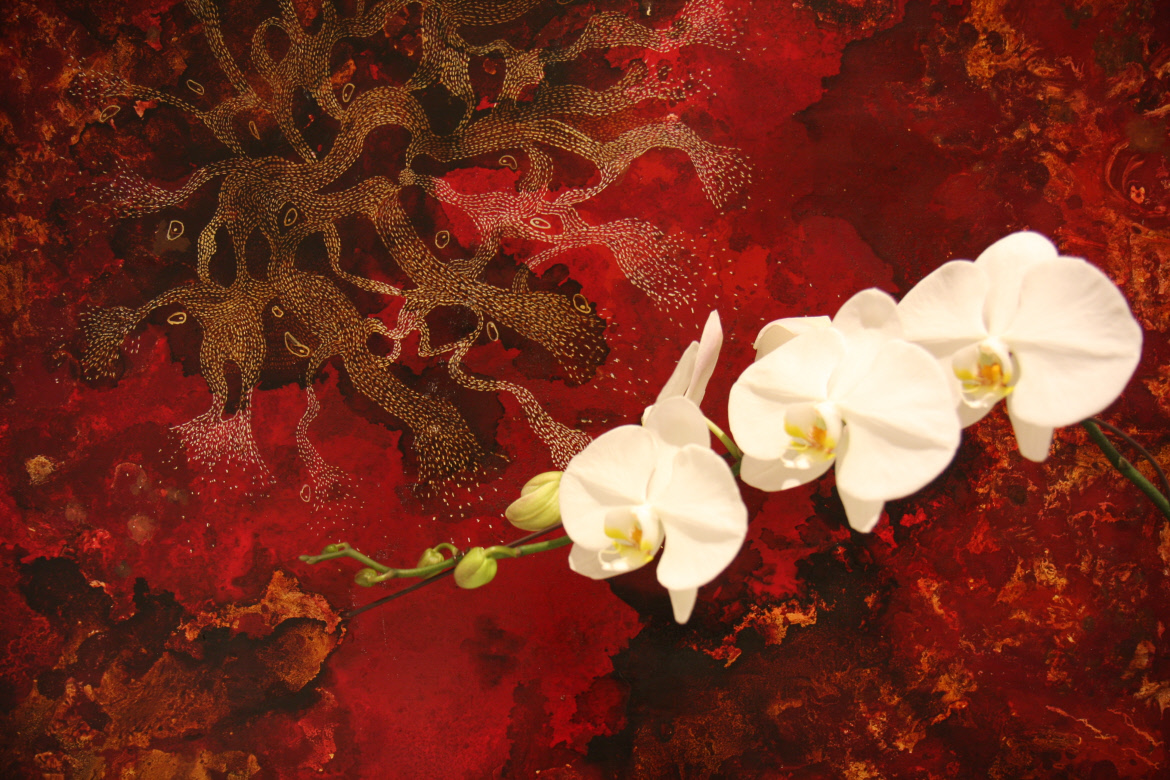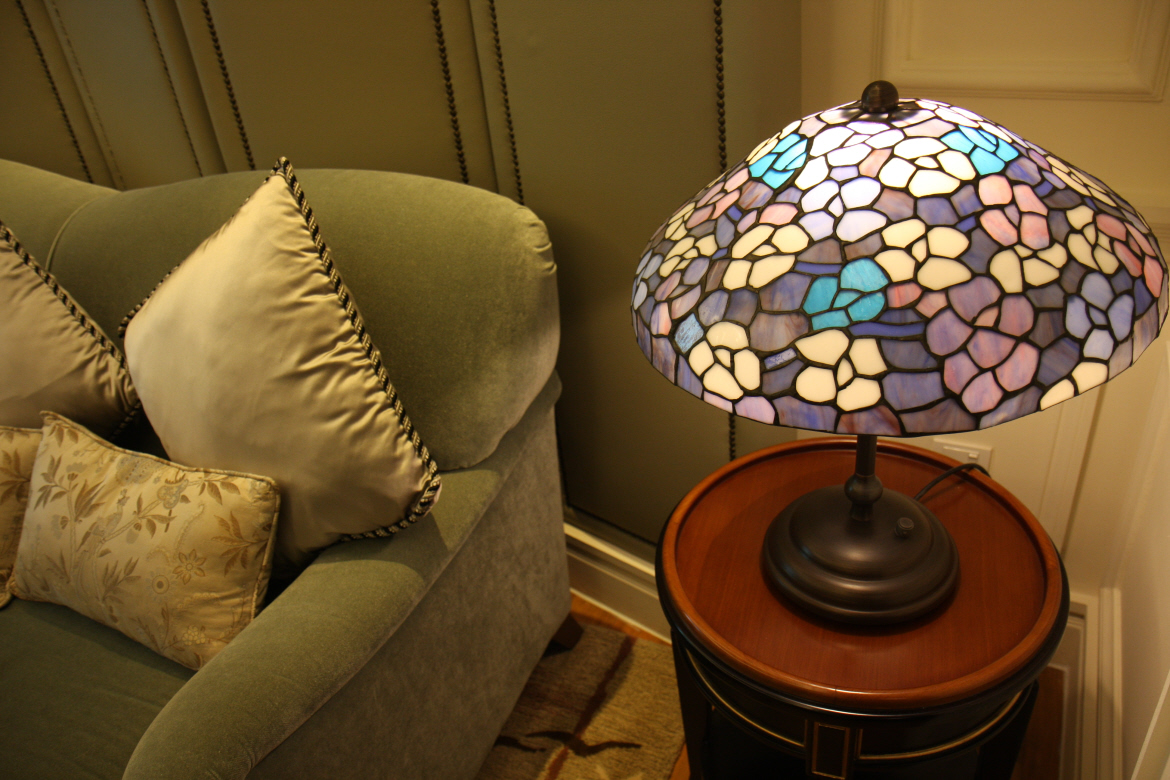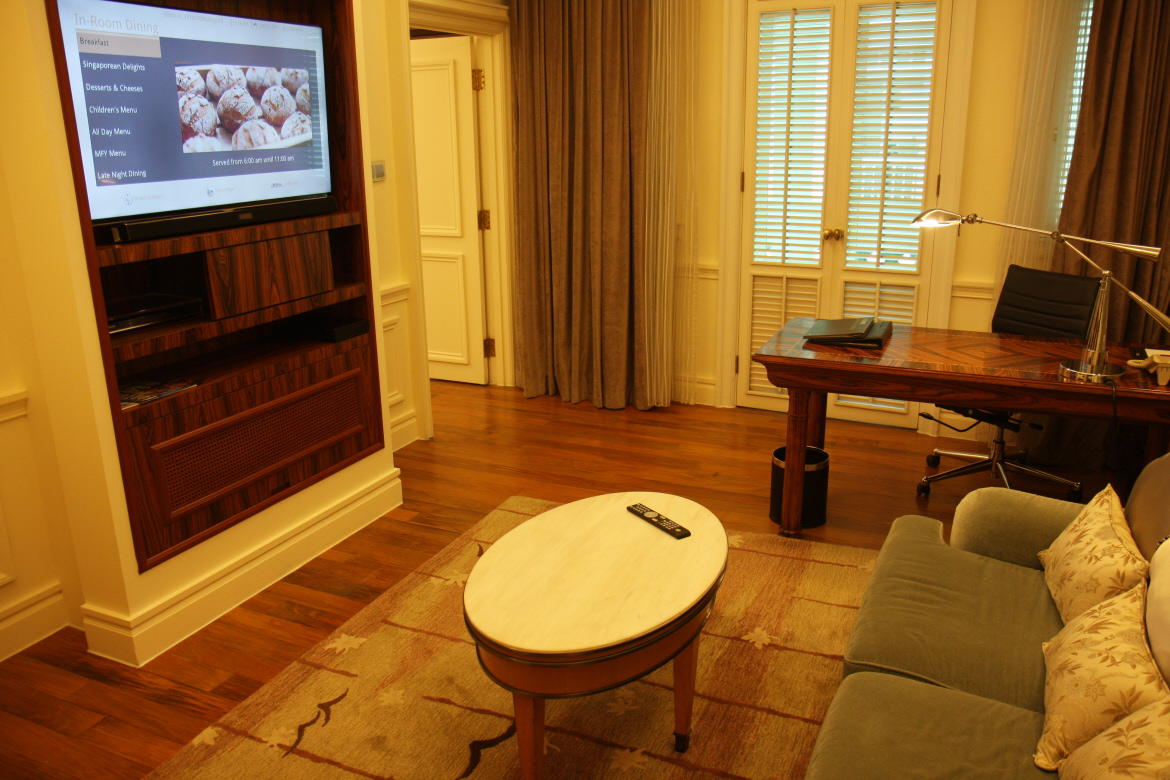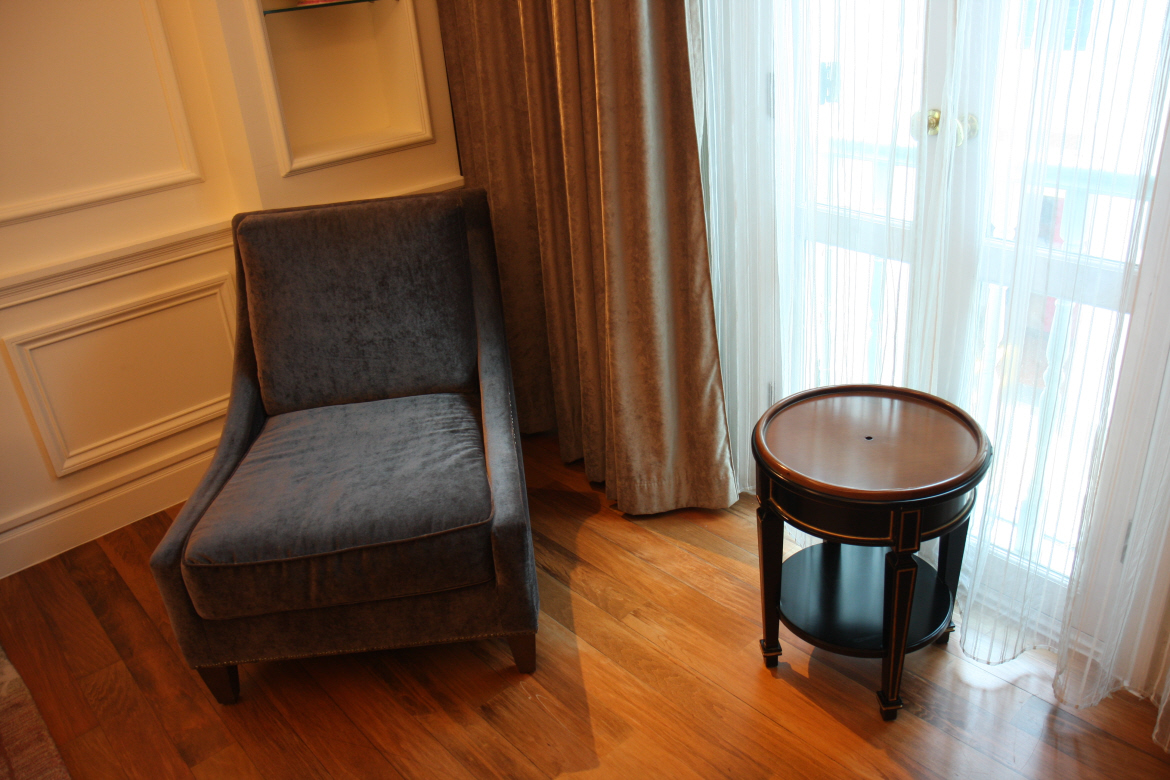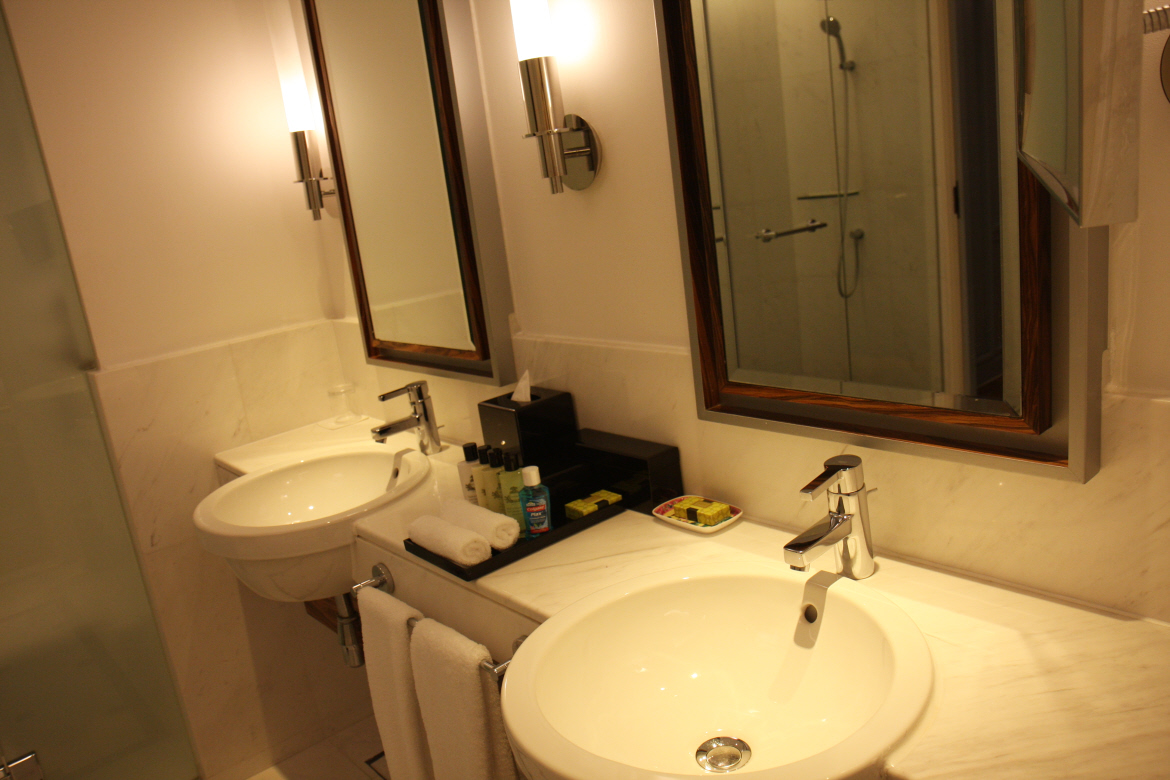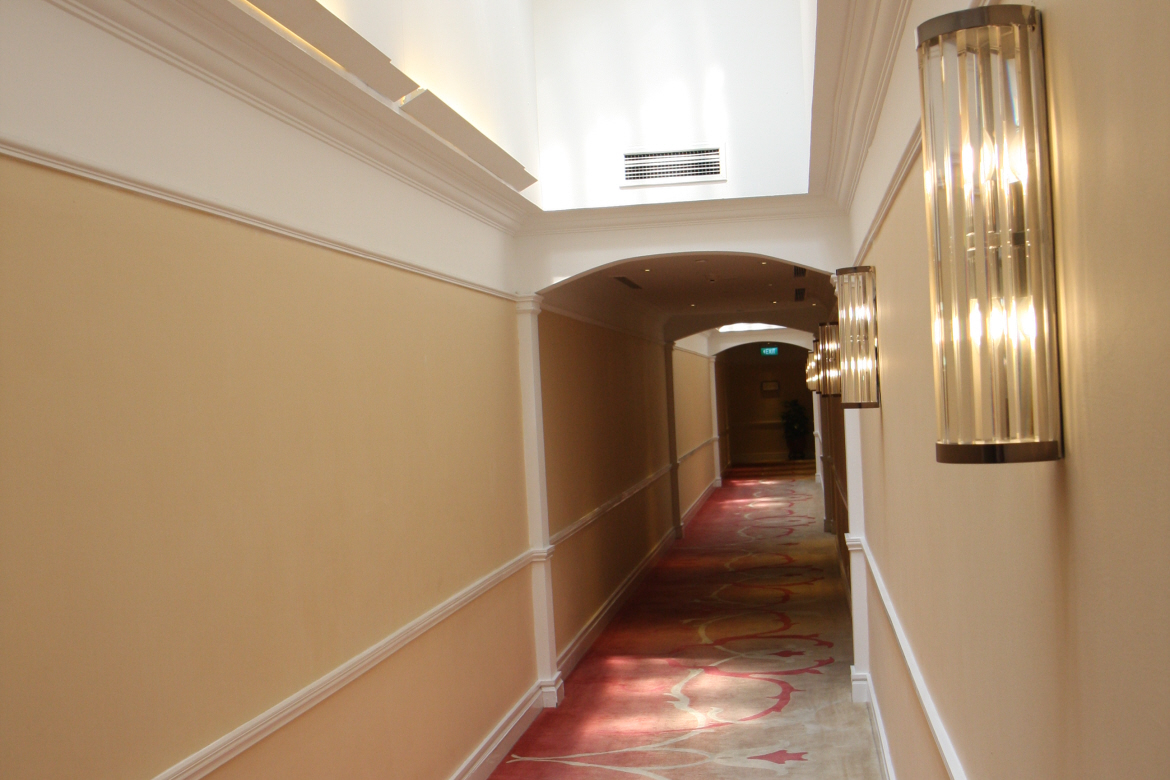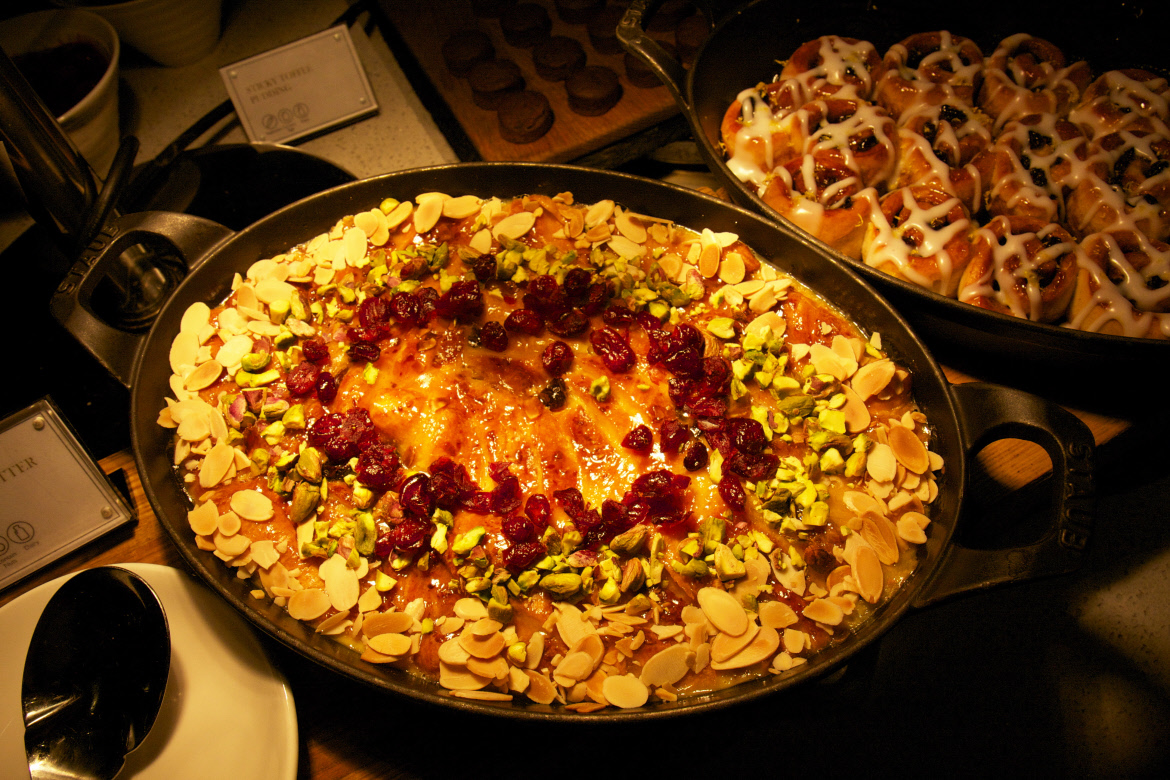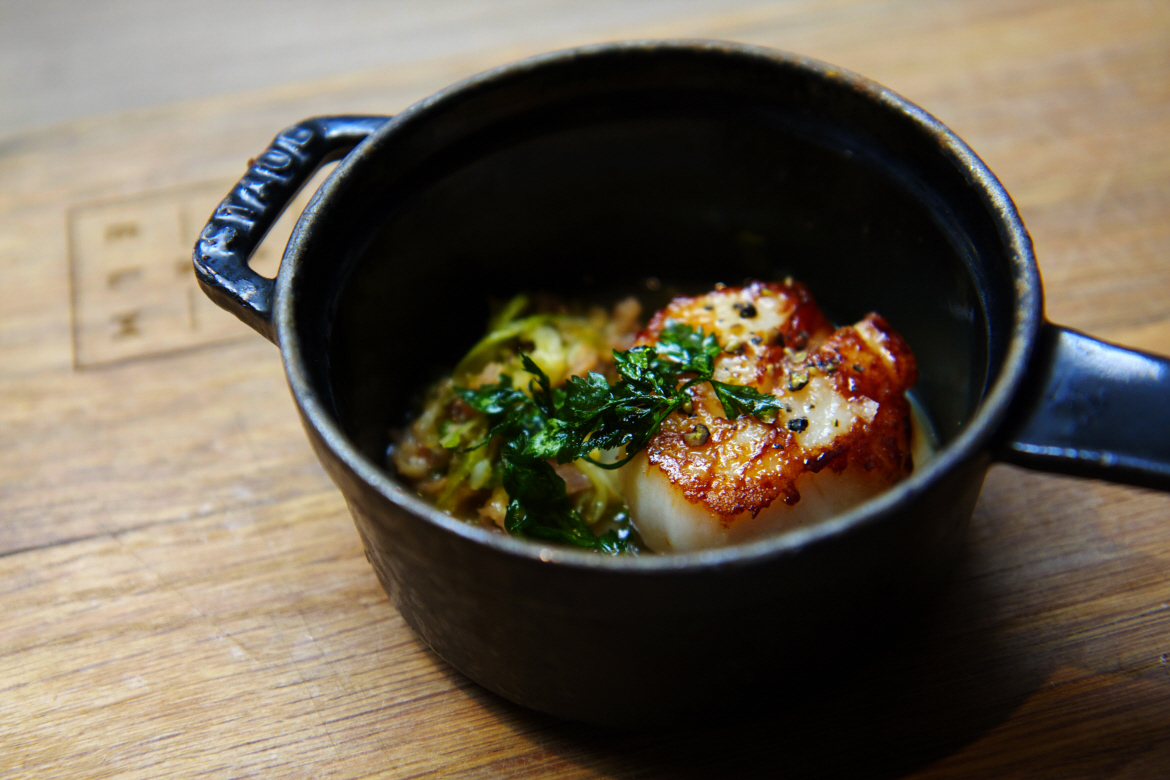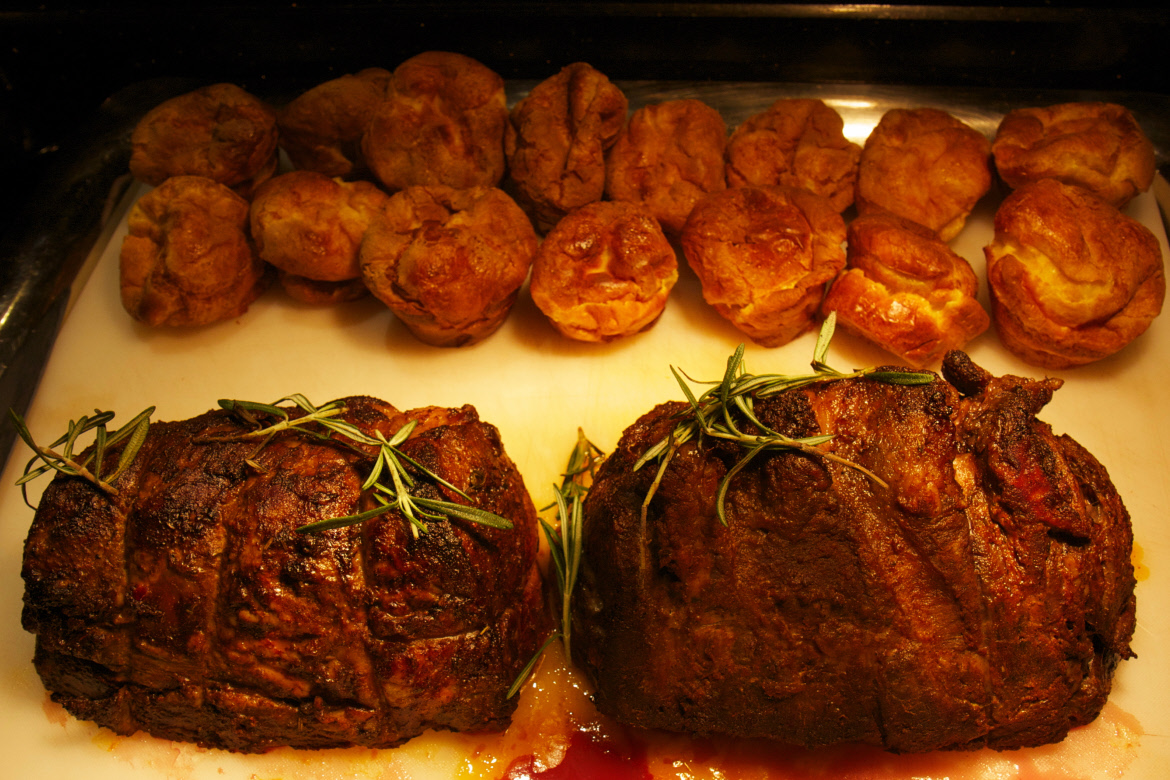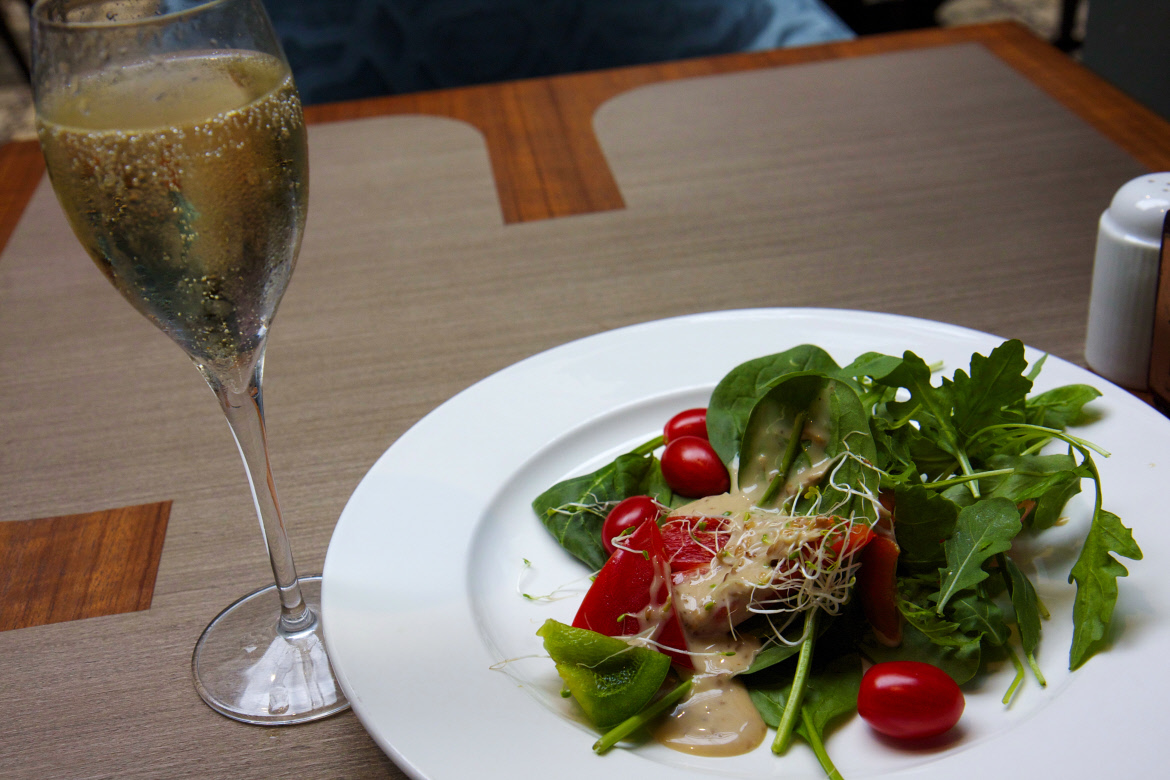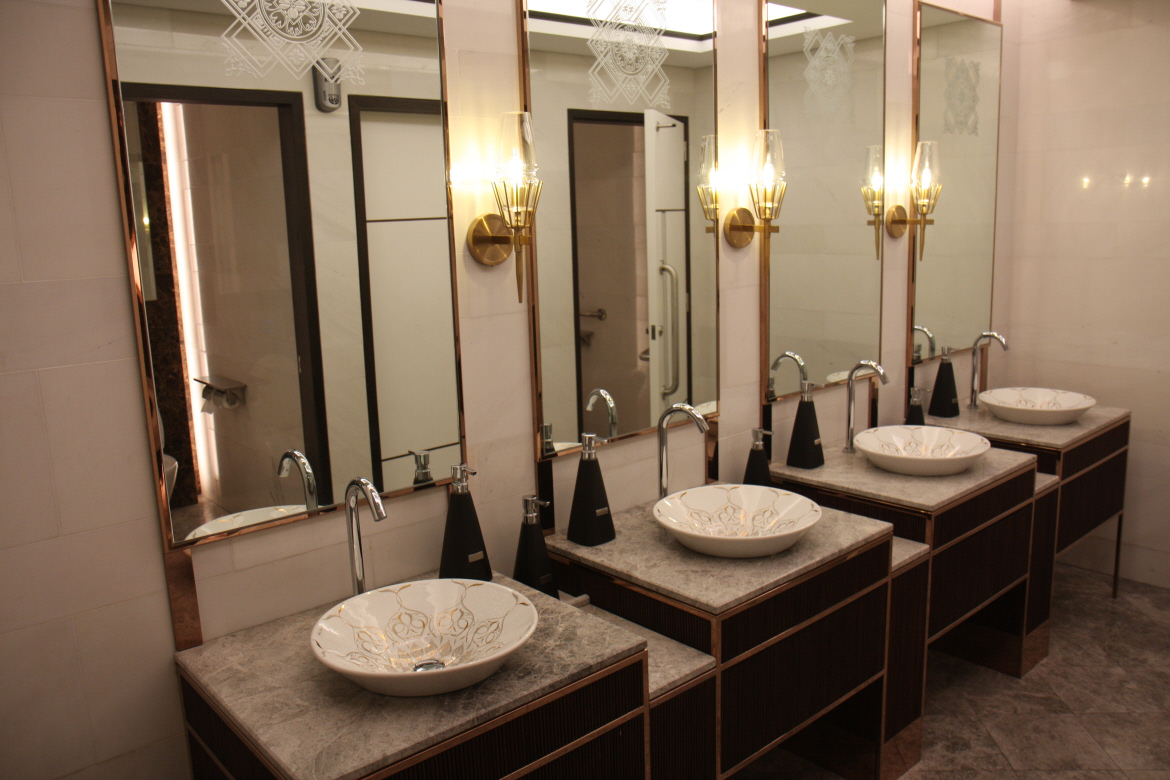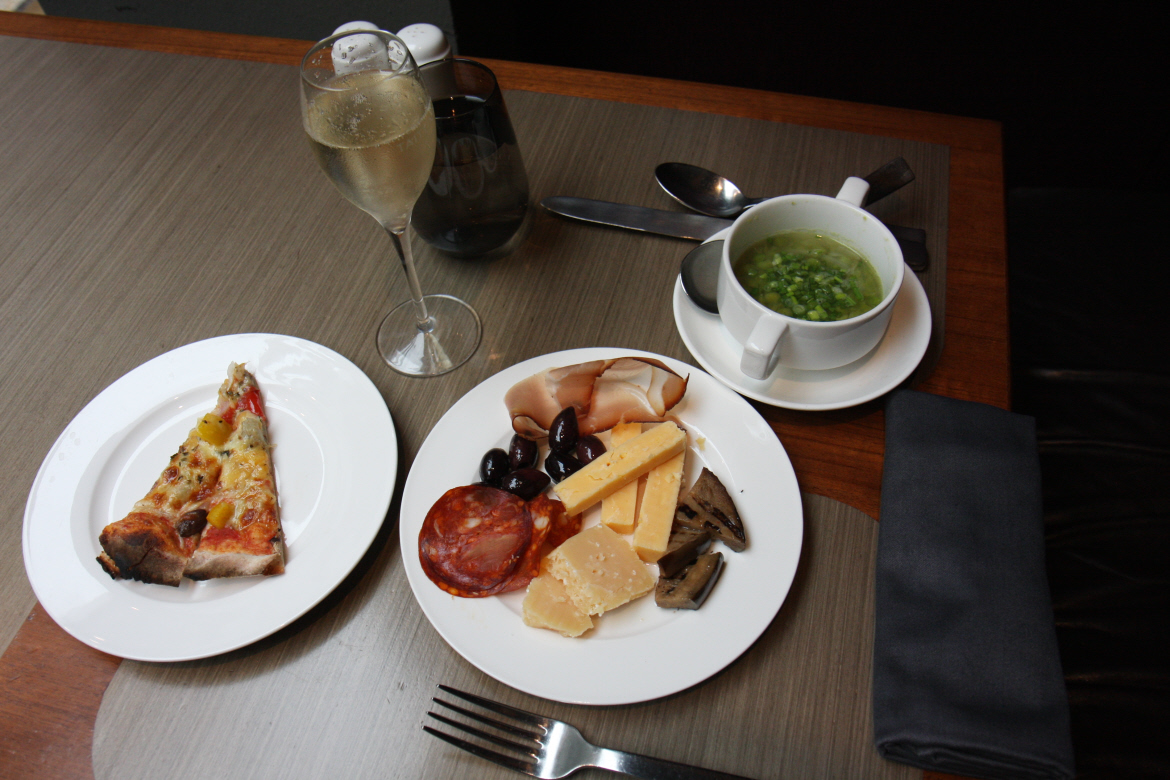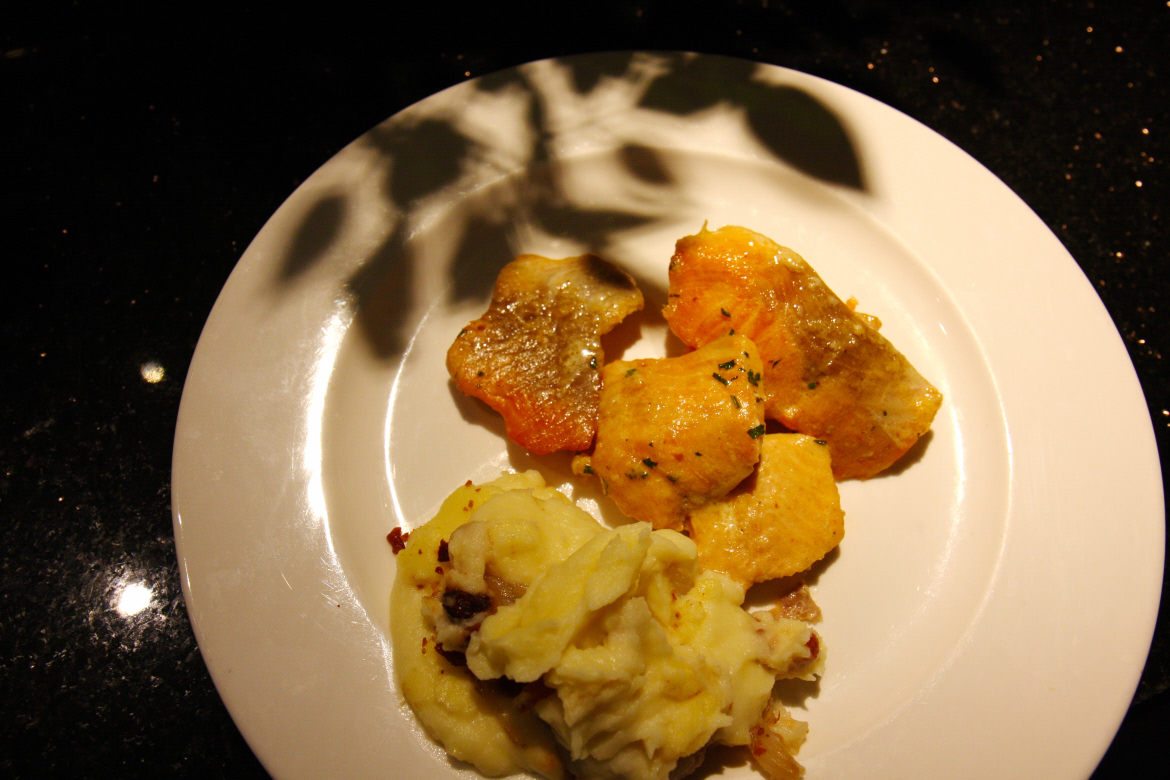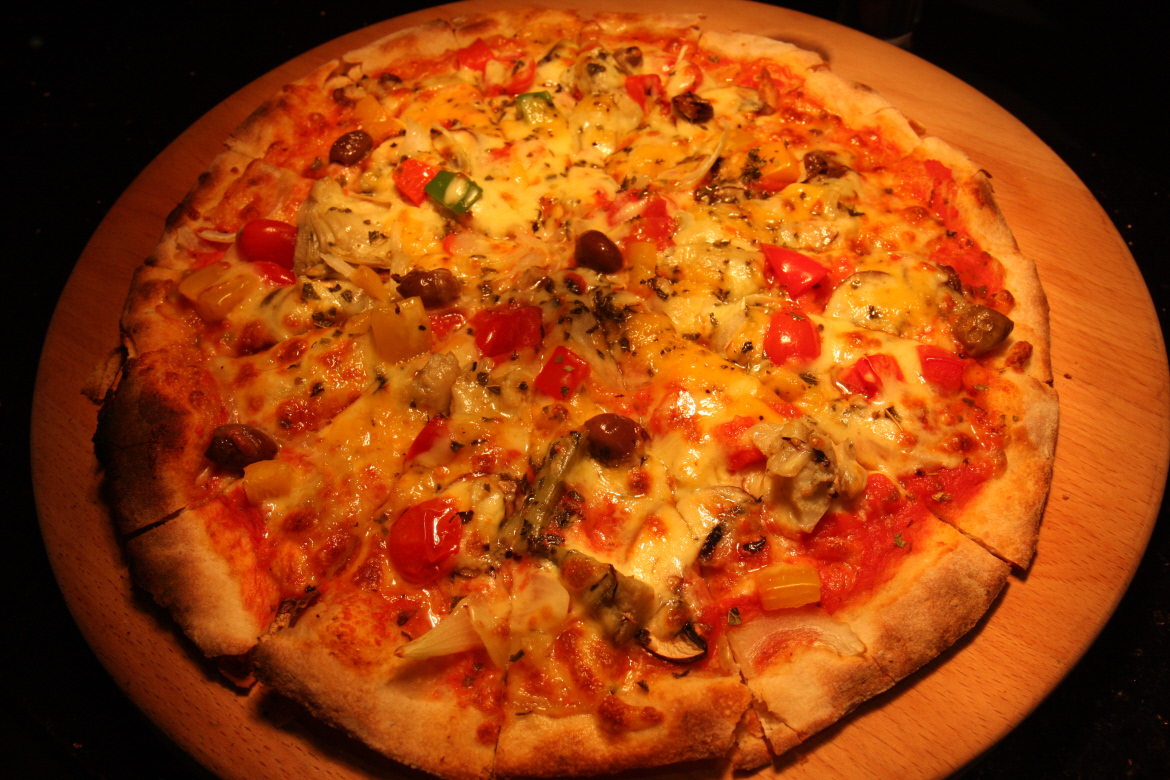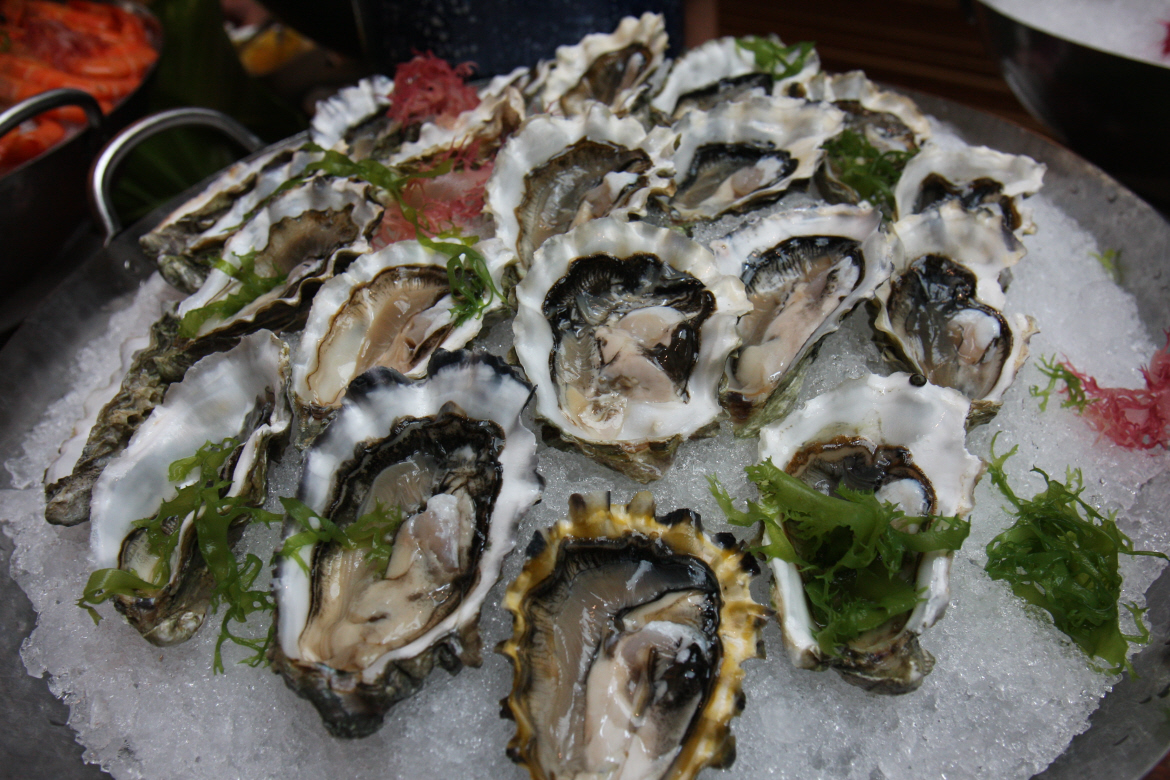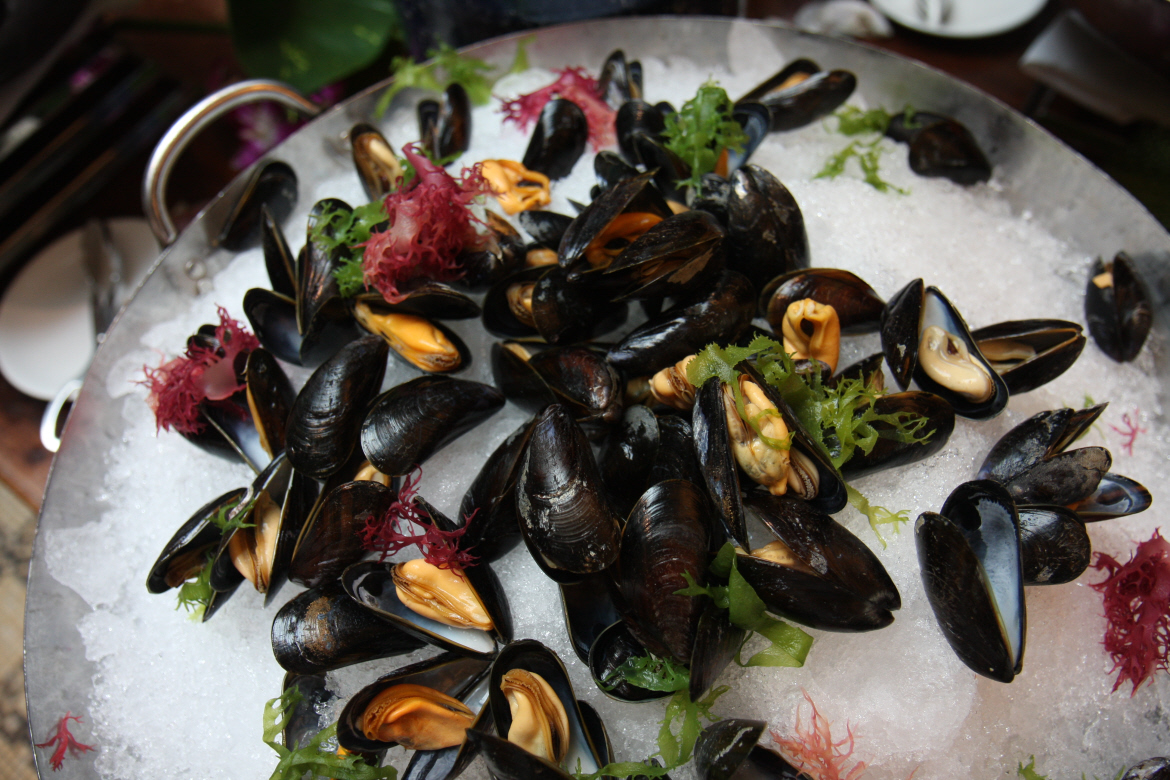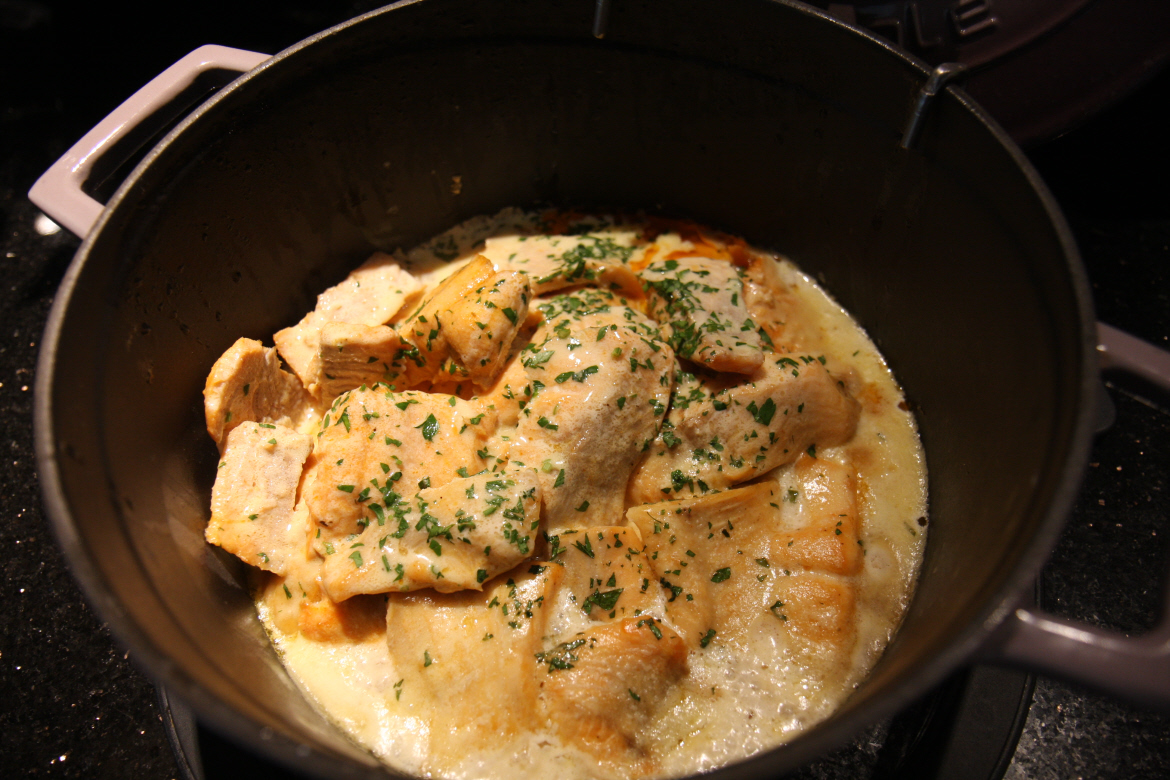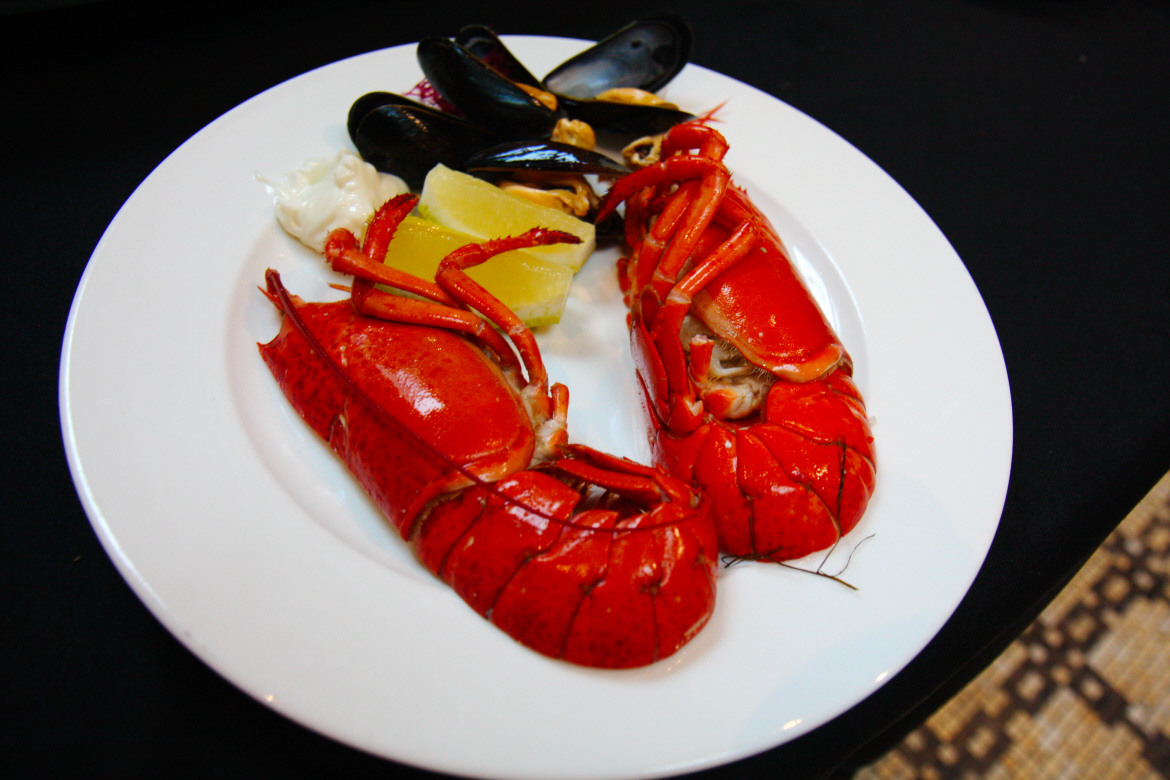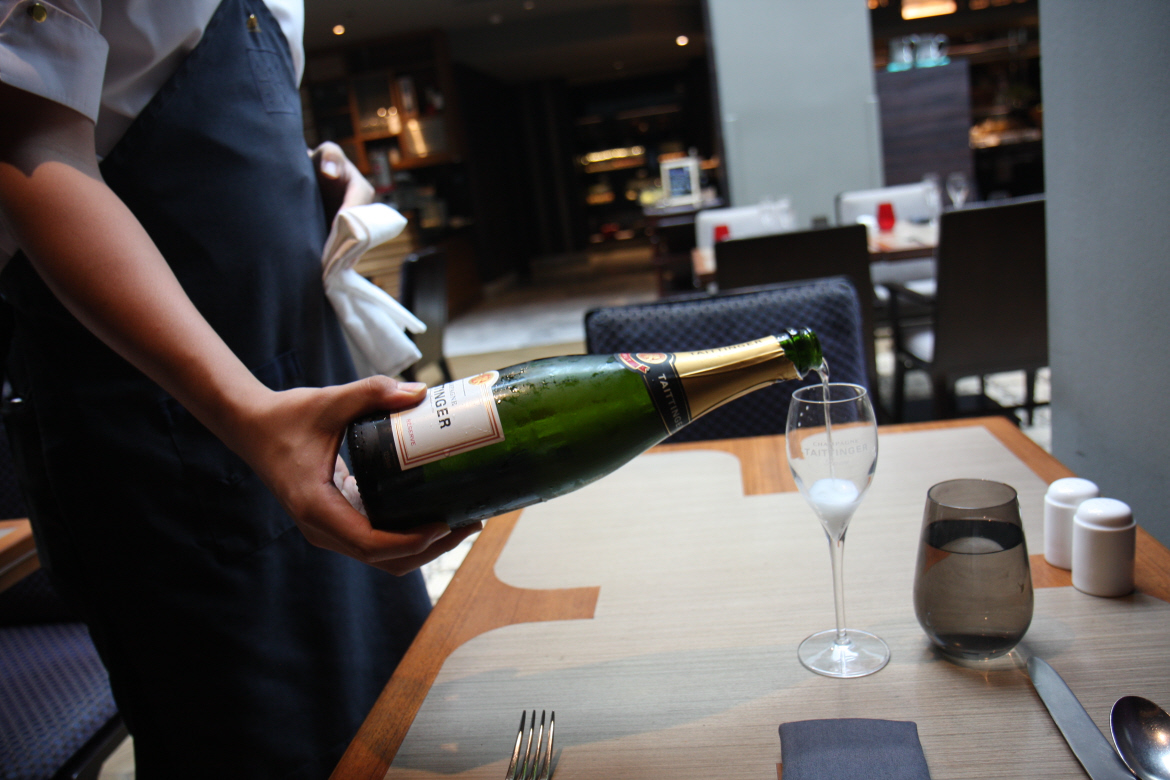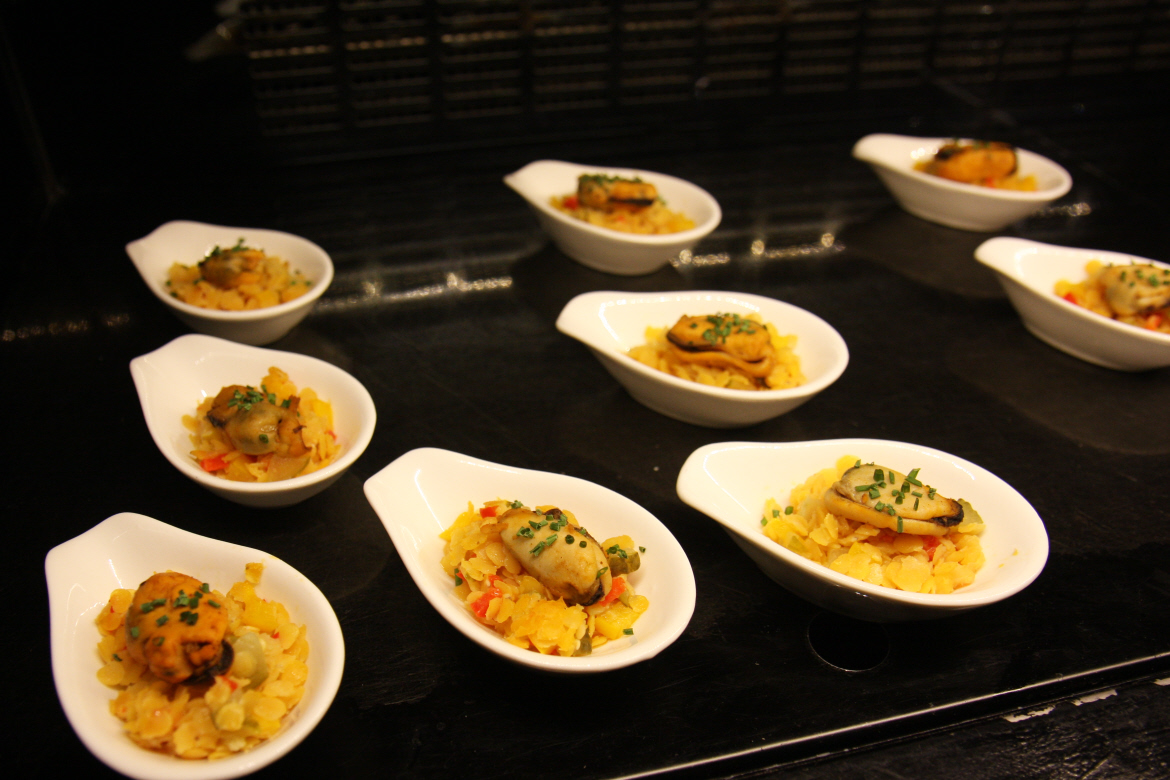(Revamped review, originally from January 2010.)
When staying with InterContinental Singapore, just as in the TV commercial from InterContinental Hotels we could ask ourselves a similar question with a slightly different wording: ‘Do you live a Peranakan life?’
A what? Well, when introducing this utmost Singaporean hotel highlight for both business and leisure travellers, it is, and much properly so, suitable to pinpoint the Peranakan focus which permeates this beautiful property.
After all, this is the only Peranakan inspired luxury hotel in Singapore – and therefore also in focus for this review!
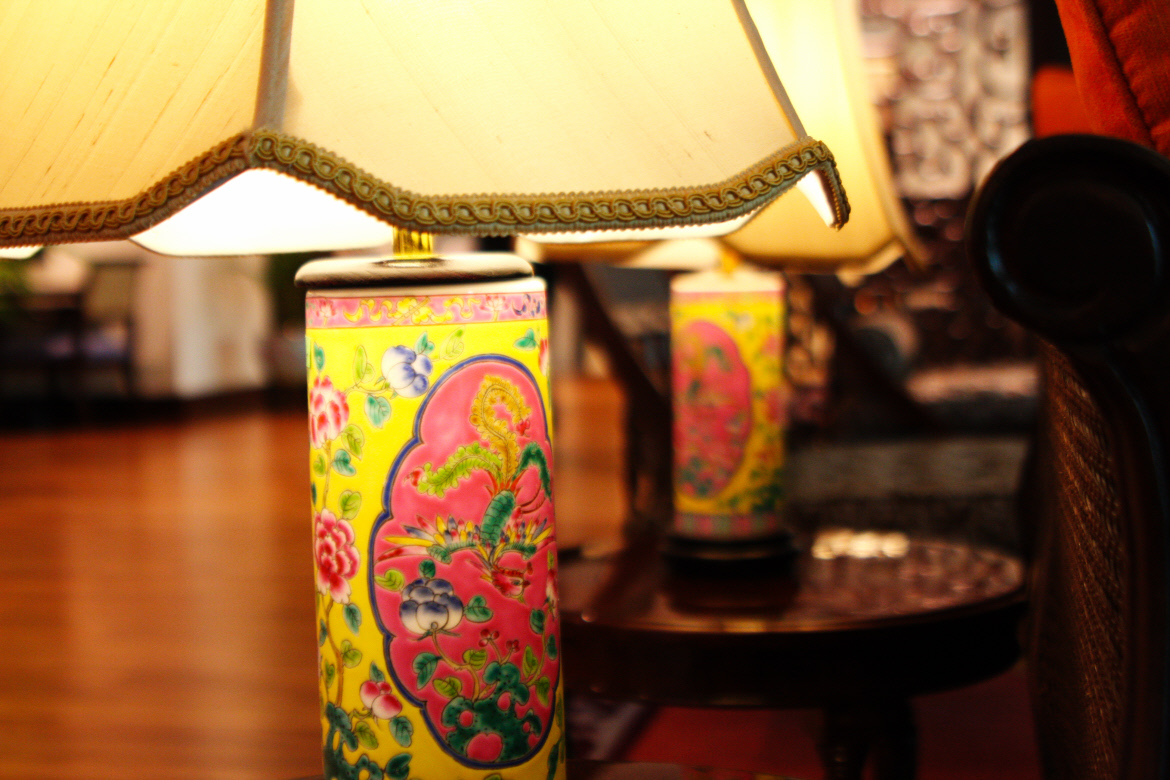
Peranakan Club Lounge, InterContinental Singapore
InterContinental Singapore showcasing Peranakan heritage
Peranakan is an original culture, referring to people of mixed ethnic origins from the Chinese immigrants back in the 19th Century who mixed with the local Malays and in this case of Singapore became a distinguished culture in the early 20th Century.
They are best known for their exceptional arts and handicrafts, delightful cuisine, colourful traditions and social practices.
(The Peranakan trail stretches throughout the peninsula all the way from Penang in Northern Malaysia down to Malacca and all the way to Singapore.)
Today, visitors to this vibrant Lion city will come across this word for example on the menu at certain hawker food stalls and in certain restaurants.
But when it comes to the living Peranakan culture, critics of modern Singapore who thinks most of its heritage has been destroyed forever will probably use this marginalised culture as something that is strengthening their case.
So much better then that someone, and in this case one of this world metropolis’ finest hotels, has embraced colonial heritage and this genuine Straits Chinese culture in particular.
This city’s unique and treasured heritage is preserved in the Peranakan influences and you will at InterContinental Singapore have the opportunity to fully get a feel for how those affluent Straits Chinese used to live in the early heydays of the previous century. See the Peranakan tour experienced in brief further below!
The property itself is indeed a showpiece for its worldwide concept ‘Insider Experience’ (the brand’s concept of sharing knowledge about the local culture) where you will also get your dose of old-world elegance and the city’s colonial past. Expect only the best with this prestigious brand’s signature service and ambience combined with local character.
Actually this must be one of the highlights of all Insider Experiences, given this culture’s highly interesting history involving interior design, intricate fashion as well as food. When getting to experience this culture and the way they decorated their homes and dressed, one can hardly fail to be attracted by the concept of what ‘Peranakan’ is all about. The Club Lounge resembles no other in terms of the decoration and furniture. It is truly like walking into living history! Even the most well-travelled business man will raise his eyebrows in wonder! Think the finest Chinese porcelain combined with oriental silk and furniture of finest quality with intricate wood carvings and textile patterns of and you very much have the essence of it.
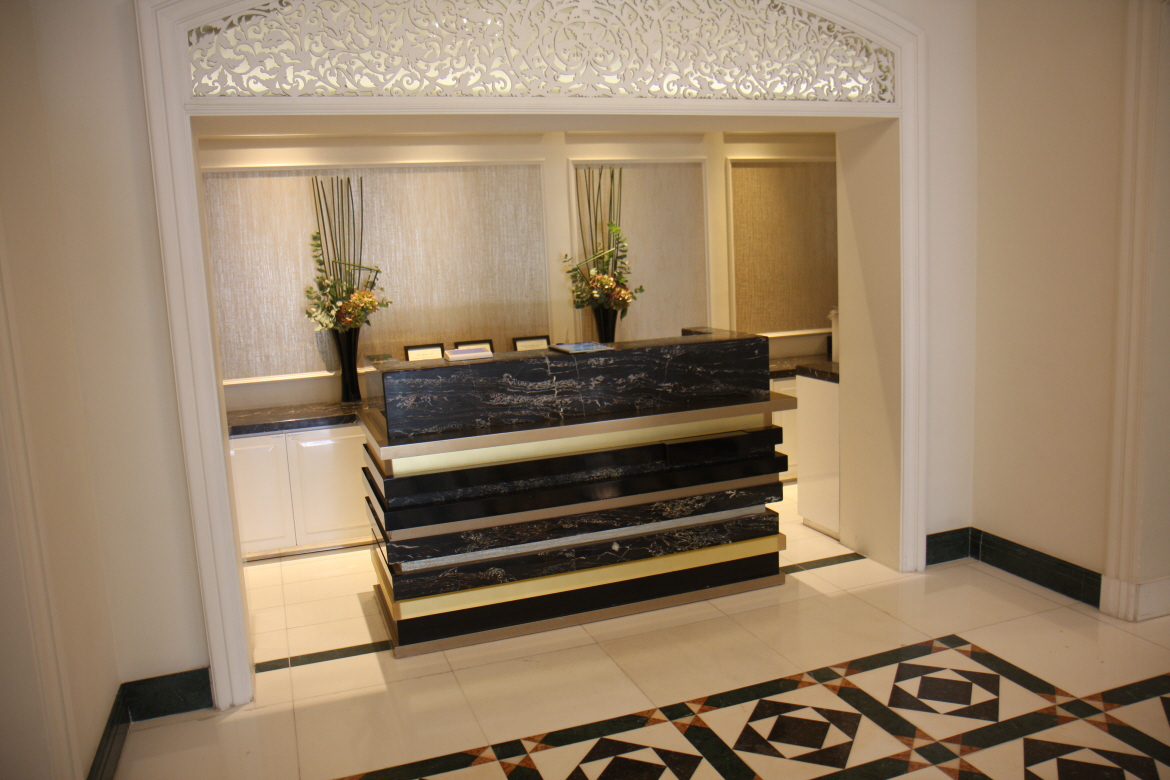
Bugis heritage and shopping with InterContinental Singapore
And a shopping Nirvana at your doorstep probably fits the bill conveniently (this one especially good for ladies?) The hotel is namely interconnected with the superb colonial-style shopping venue that is historic Bugis, one of Singapore’s preserved and refurbished quarters (also an underground station with direct access from the airport straight to the hotel).
Bugis is an excellent, but perhaps a rare, example embracing tradition and modernity.
As purveyors of local history InterContinental Singapore thus has a very unique location and position; given it is also the only Peranakan-inspired luxury hotel with Straits Chinese architecture (of enough significance to have its own dedicated museum in town).
For sure, this theme made at least the writer of this review more than curious, and if nothing else this odd culture, or the concept of ‘Nonya’ food, should make you interested too! Just wait until you get the details of the hotel and see the pictures…
If staying in a club room it will be especially obvious to catch the interest for this appealing culture, since it is permeating the hotel’s club lounge in a splendid way.
And other public areas have elements of this culture as well. Upon arrival you either enter the hotel through doors directly from Bugis shopping mall or alternatively from the hotel’s own drive-in yard. There, the immediate character of the hotel strikes you with the very special, intriguing floor tiles in the entrance hall where the check-in desk is placed in the far end of rooms and with a historical painting of the Singapore harbour on the wall behind it.
Then, do yourself a favour and take a deep breath before heading for the magnificent The Lounge set in the grandeur of the open and spacious lounge with its from floor-to-ceiling huge, white pillars; 10-metre ceiling; opulent crystal chandeliers and striking ceiling décor paintings. Timeless and yet traditional in a regal setting, even by European standards this would be an impressive architecture and interiors!
Designed as a living room with a colonial and Peranakan touch (hand-painted motifs adorn the elegant high ceiling) this is certainly a luxurious lounge where to linger in comfortable chairs – ideal for meetings and a great place to chill out at night. Savour its exquisite porcelain and enjoy pre-dinner cocktails.
Experts can also recognise the louvered French windows along corridors allowing natural light filtering in from the windows. Patterned floor carpets in transitional hues of grey and gold lend a subtle touch to the new décor.
This lounge is designed to reflect the old-world charm of 1930s Colonial Singapore, and it indeed feels authentic. The rare venue oozes worldly sophistication, no doubt about it.
And it does not stop here; immerse yourself in Peranakan history in its full glory at the Club InterContinental Lounge – a delight that undoubtedly can live up to the word ‘unique’.

Peranakan Club Lounge, InterContinental Singapore
One should preferably experience it all as guest of the club lounge, where the whole lounge strongly reflects heritage and features a custom-made Peranakan interior enough for you to savour and study for days! Here one encounters how their distinctive design is very captivating and appealing with very beautiful furniture, porcelain and dresses – classy and with a touch of the oriental past . And one should note that this is InterContinental’s contemporary version of Peranakan architecture, where all items and furniture were custom-ordered from China.
The patterns of the upholstered armchairs and sofas and their elaborate wood carvings, the carpets, the porcelain (tea pots, cups etc.) with intricate floral and mythological symbols, and the table lamps are all of the most exquisite and unique kind.
The sofa made of hard wood and upholstered with a magnificent light blue and golden yellow silk pattern seems as if designed for royalty.
Looking more closely at the intricate rose-red and green motifs on the tee pot one can distinguish among the flowers a funny-looking bird with long feathers. The same type of bird also constitutes the main motif as part of a pattern on a metal-surfaced painting. The bird’s shape and contours leaves much open for interpretation.
Wow, guests coming here will want to buy one or two of the items for sure (and house ware in this style can in fact be purchased in the shop adjacent to the dedicated museum in town)!
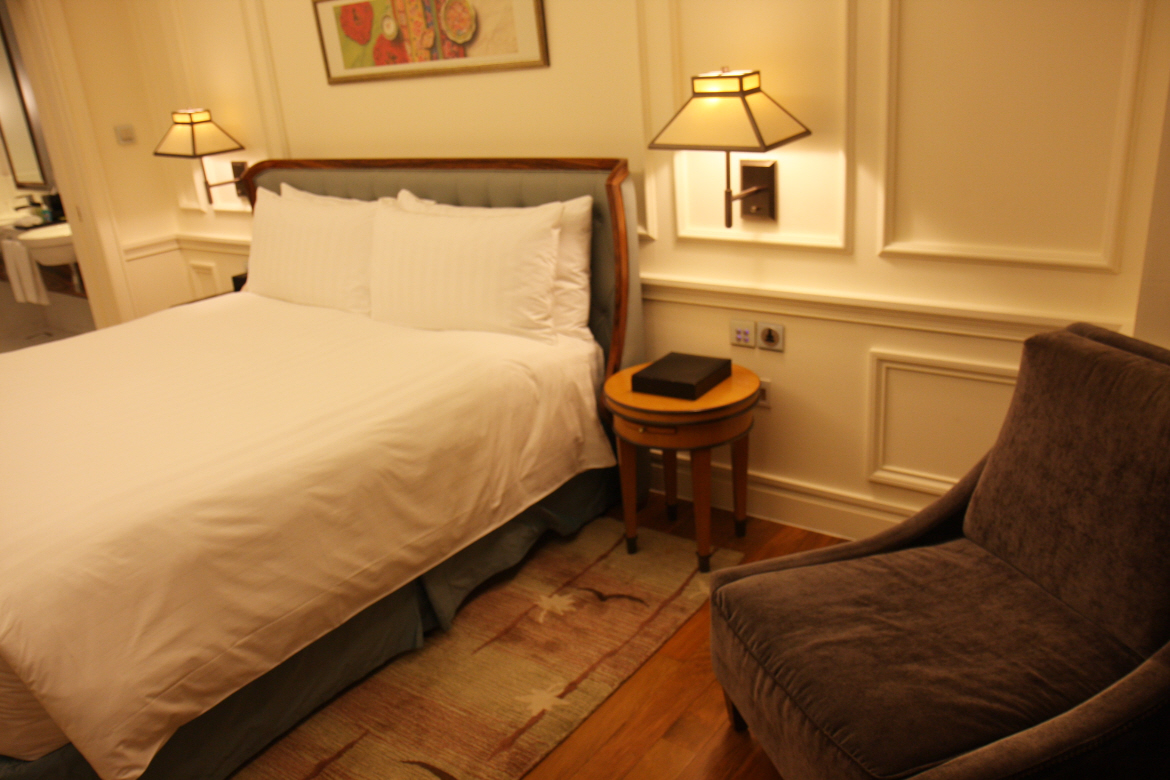
Heritage bedroom, InterContinental Singapore
Heritage wing
Designed perfectly for style-conscious business or leisure travellers, guests in club rooms and the unique Heritage Rooms and Suites here get their welcoming private check-in and check-out, with Peranakan welcome tea served in exquisite porcelain upon arrival.
And meanwhile respecting authenticity, the club lounge comes together with modern business and meeting facilities.
Its buffet selection comes with perennial Peranakan favourites or canapés and lighter snacks menu.
For those who get curious to learn more about this lesser-known culture, there is an extensive library feat. Peranakan literature and reference books and they can book the “Insider Experience” package which is a trip to experience hidden Peranakan enclaves in Singapore.
From this lounge guests can also soak in the district’s absorbing past and capture the buzz of the street life within the Bugis Junction shopping complex below (featuring covered five-foot walkways).
Directly connecting to the hotel’s theme one category of rooms and suites are situated in Singaporean residential style shophouses from the 1920s – the heritage wing. Upon our reviewing called Shophouse Rooms and Suites, these are now presented as Heritage Rooms and Suites and that look astounding after refurbishment.
These come replete with ornate furnishings, louvred windows with wooden shutters overlooking the streets below, where one can open up the window doors facing the Bugis Junction shopping street. On the opposite side of the walking street is a similar vintage façade on the opposite side with the same type of windows and shutters.
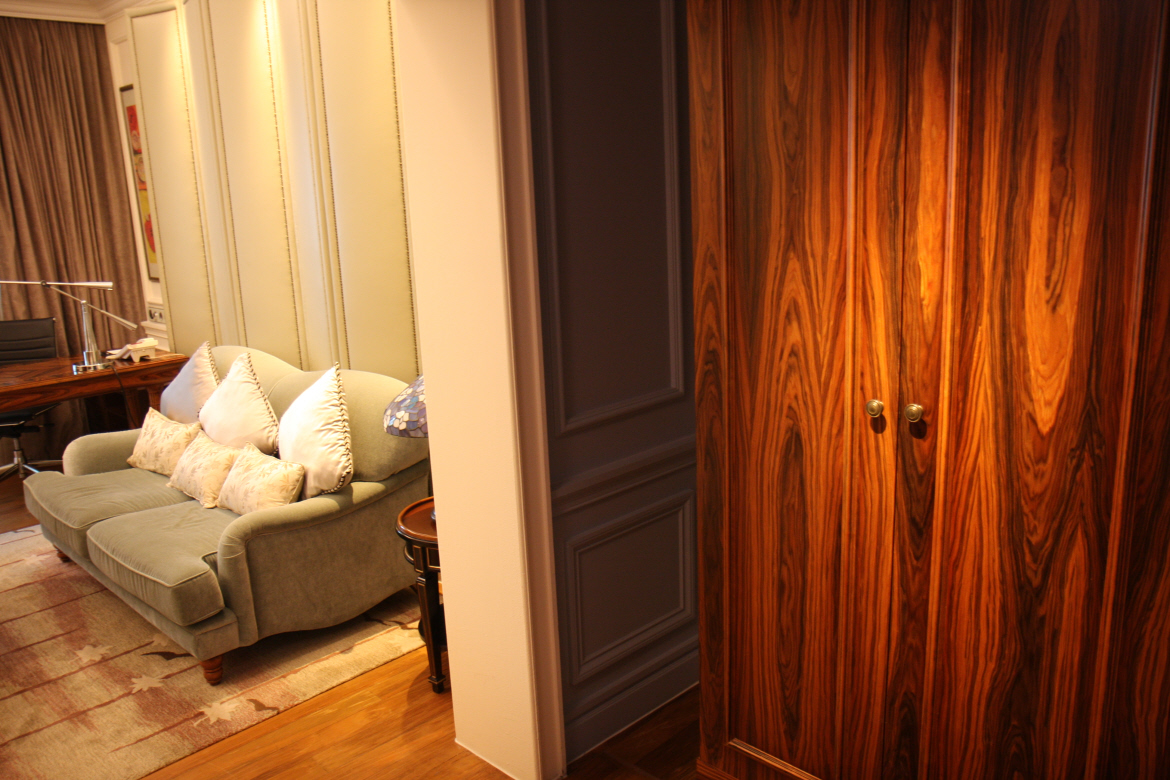
Heritage Suite, InterContinental Singapore
Preserving the style, the heritage rooms come with timber floorings and framed wood paneling in bright hues; including light blue.
Certain somewhat dated, colonial interior design fittings, including the now all-white, double-vanity bathrooms, have been replaced with an exquisite modern heritage interpretation. Yet, the foyer is furnished with a dark-timber Chinese cabinet with carvings of peonies and auspicious bats. There is also a modern clothes cabinet made from chocolate-brown textured wood – the same wood used for the living room wall where there built-in huge flat screen TV is mounted. A timber regal work desk also stands by the window, while high-tech conveniences ensure modern comfort.
Facing the TV is a bespoke mint green two-seater sofa, with a textile wall as backdrop in the same colour.
On each side of the bed, which sites on a plush carpet, is stylish mounted bed lamp. And by the bed on find either a brown velvet armchair or a chaise lounge in plush blue velvet upholstering – bedside. When it’s time for sleep, choose from a number of down or feather duvet and pillows in the pillow menu.
All other room types in the hotel are refurbished as well (403 guestrooms and suites in total), exuding elegant charm with accents of Singapore’s heritage, with plush beddings, custom furnishings and well-appointed amenities, including a smartphone in every guestroom with unlimited 4G data to ensure seamless connectivity throughout the stay.

Ash & Elm, InterContinental Singapore
InterContinental Singapore also features a brand new Ash & Elm restaurant and a refreshed Lobby Lounge, offering amazing and attractive F&B promotions – including of course afternoon tea!
Guided heritage trail
When it comes to heritage tours, today the hotel offers the ‘Guided Heritage Trail‘: Paying homage to the character of the vibrant locale, the specially curated two-hour Guided Heritage Trail takes guests through areas of interest in the vicinity of the hotel with an established network of more than 20 historical sites, national monuments, art institutions and museums. The weekly guided tour takes place every Saturday afternoon and explores historical enclaves including Arab Street and Kampong Glam as well as the bustling Waterloo and Albert Streets.
This review rounds off with the hotel’s previous ‘Peranakan Insider Experience tour’ – a personalised half-day tour of the Peranakan Trail which involves an exploration of the sight, sounds and tastes of this local culture. It allows being acquainted with the concept of for example Nyonyas, as the title for the female population, and offers a taste of Peranakan delicacies. For good reasons its starts with a walk through the Spice Garden (on the original site of the Botanic Gardens downtown) located at what was used to be the “forbidden hill”, the residency of the kings.
Here one gets to discover the intricacies of spices and herbs used in their cuisine. Pepper, nutmeg from a tree used in oriental medicine, Candle Nut (Buah Keras), Pandan Leaf (for syrup), Clove and Blue Ginger (Lengkuas) are among the spices and herbs grown here. The Butterfly Pea is used for dying food.
 The tour guide tells that from 1822 onwards spice plantations dominated the island landscape for the next 35 years!
The tour guide tells that from 1822 onwards spice plantations dominated the island landscape for the next 35 years!
Then the trail continues to the Asia Civilisation Museum turned fully into the Peranakan Museum which houses the finest and most comprehensive collection of artefacts in ten permanent galleries.
Here one can get insights about all cultural details and the specific Peranakan house – an eclectic mix of architectural details and ornaments from East and West with Corinthian columns and Mediterranean looking windows and shutters.
All the seasonal festivals of the Chinese lunar calendar were celebrated by the Peranakans in a fastidiously traditional manner; the finest items were acquired for these purposes, leaving a fabulously rich legacy of material culture – from textiles, to jewellery to ritual vessels and furniture in expensive materials (teak and blackwood).
Get all details on the 12-day Peranakan wedding ceremony, the role of the Nonyas, prominent Peranakans in Singapore’s history and insights to one of the favourite pastimes – food and feasting.
The trail continues to a neighbourhood called Jo Chiat, best known for its colourful rows of traditional Peranakan shop houses dating back to 1920s.
Also known as Baba-Nyonya their beautiful traditional clothes, shoes and accessories are often admired. Embroidery is an important part of tailoring a kebaya, their traditional sleeve blouse for the sarong costume.
 And the Nyonya lady’s shoes the beaded slippers – Kasut manek – are just amazing. Hand-sewn they often cost a fortune these days due to the intricate beadwork involved.
And the Nyonya lady’s shoes the beaded slippers – Kasut manek – are just amazing. Hand-sewn they often cost a fortune these days due to the intricate beadwork involved.
The tour visits craftsmen and shops at Joo Chiat Road (in the Katong district near Mountbatten Road) showcasing embroidery, beadwork and porcelain. Peranakan and EurAsian used to live there.
And, at last, it is time to taste some Peranakan cuisine – a mouth-watering amalgam of Chinese and Malay culinary traditions. As you may have guessed from the Spice Garden, indigenous and Chinese spices and herbs are being used. Sample for instance home-made Nonya glutionous rice dumplings and kuehs (local cakes), for example Nonya kueh chang – their Chinese fish cake mixed with Ginger herbs.
One could state that they where perhaps the first to come up with fusion food – a term not yet invented at that point in the past – mixing Chinese food with spices and curries of South East Asia.
You’ll begin to see how the lesser-known Peranakans have also left their indelible mark on local culture. And when you come across the words ‘Nonya’ and Peranakan whey will have a meaning to you.
InterContinental Singapore, among others, ensures that this culture is not forgotten but stays alive.
This luxury hotel also offers the ‘Insider Culture’ Package in order to give more than just providing the usual tourist information; it’s about enhancing the entire guest experience from the point of reservation to the end of the stay. This package bring back a little of the golden age of travel and exploration that has always been part of their brand heritage.
“Our guests are looking for more than consistent service and luxury environment, they are looking for experiences that set them apart from their peers and help them feel more worldly, sophisticated and ‘in the know’.
